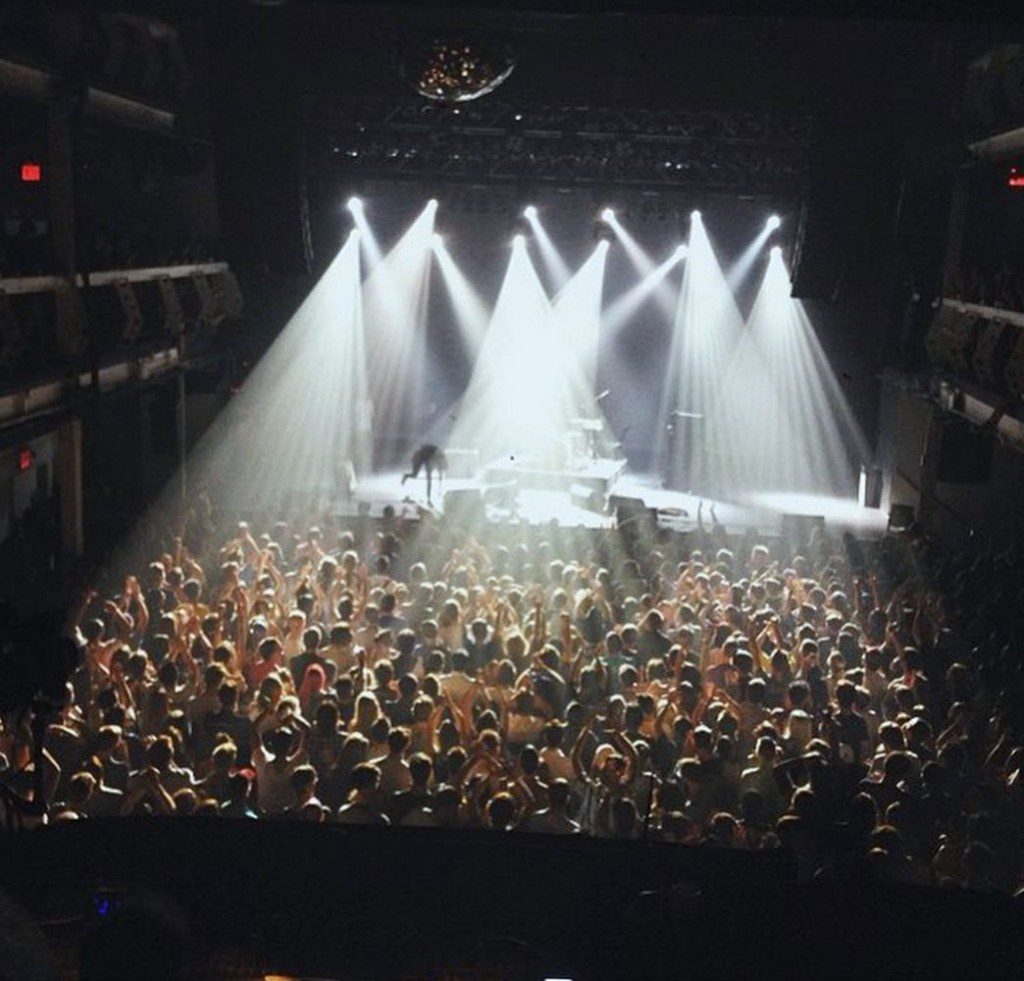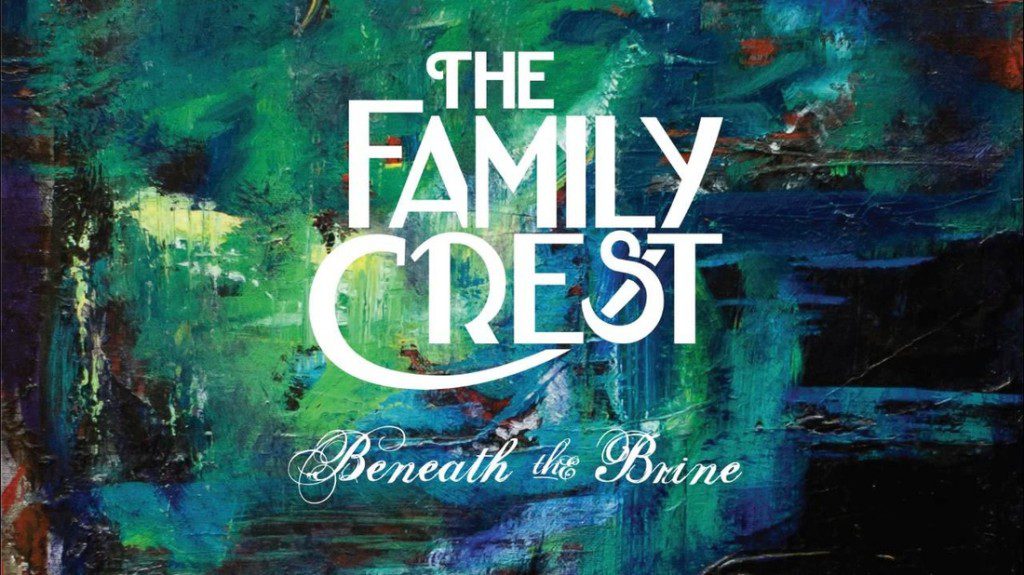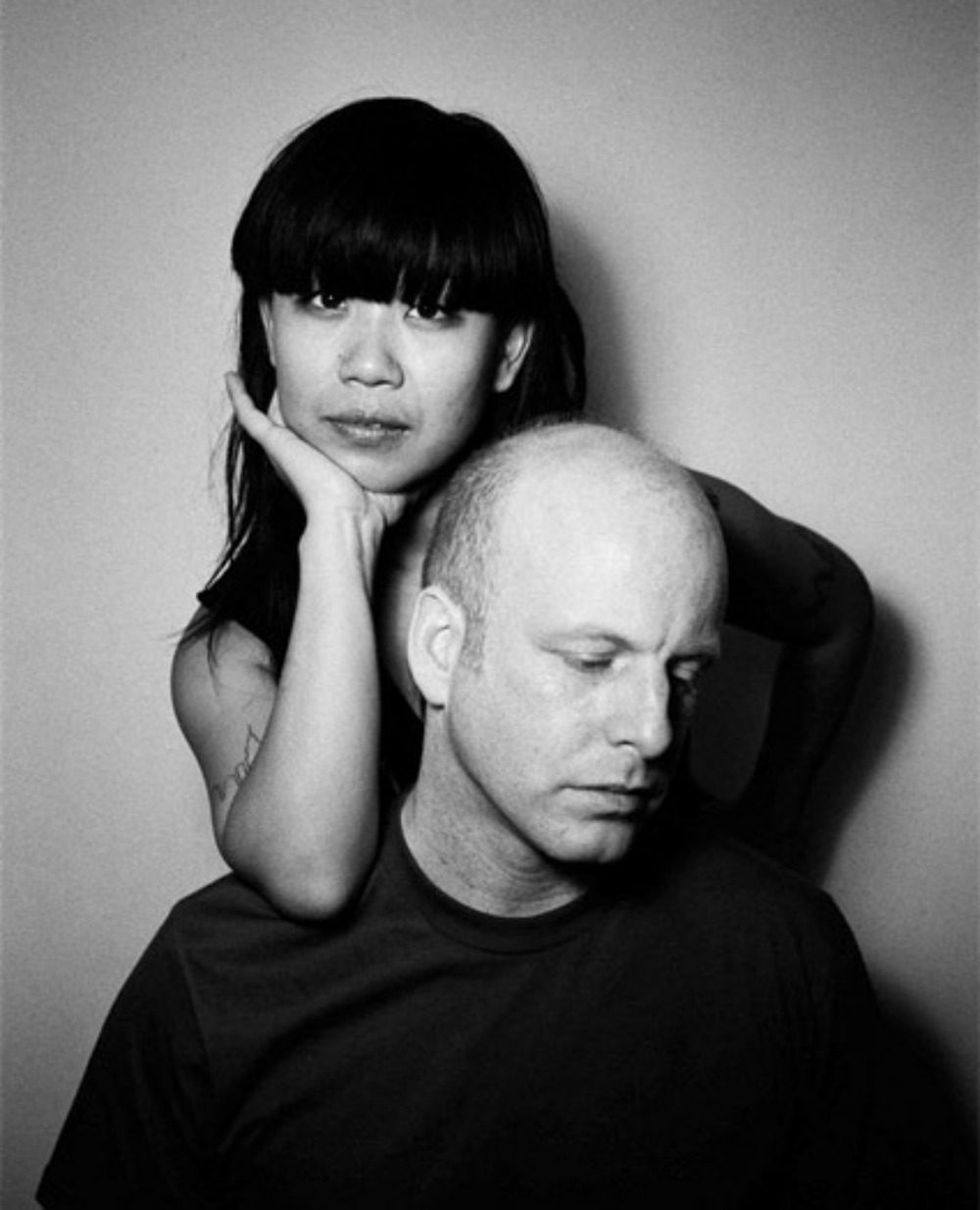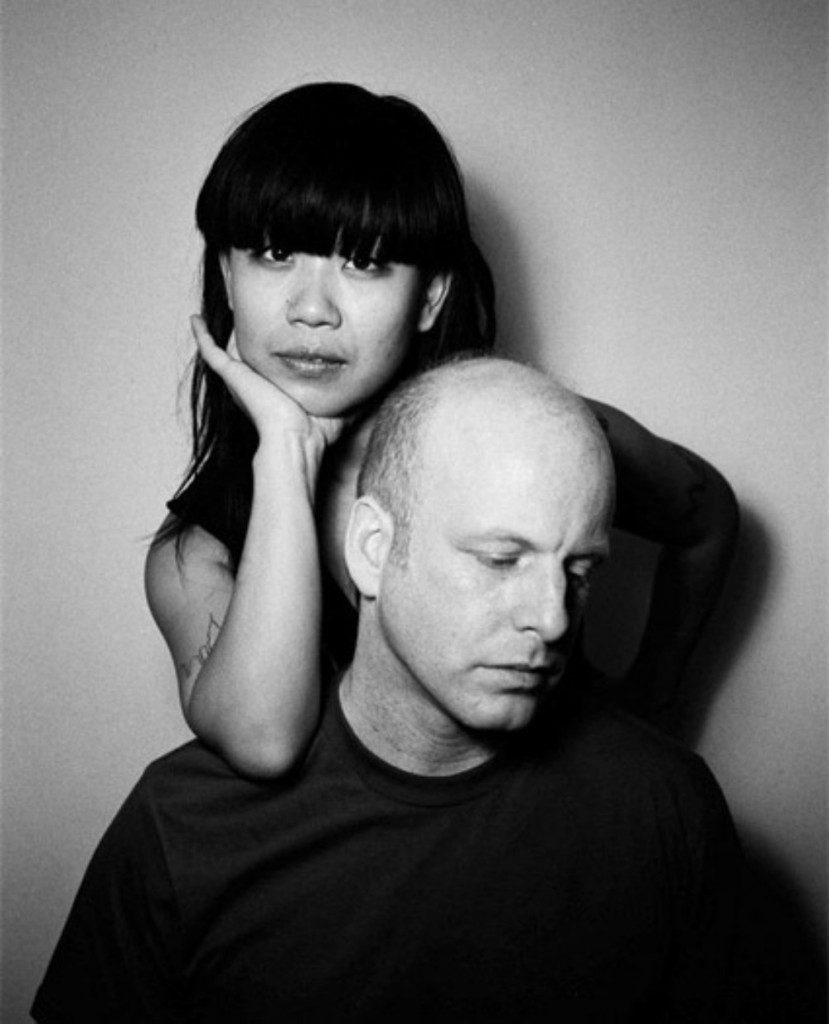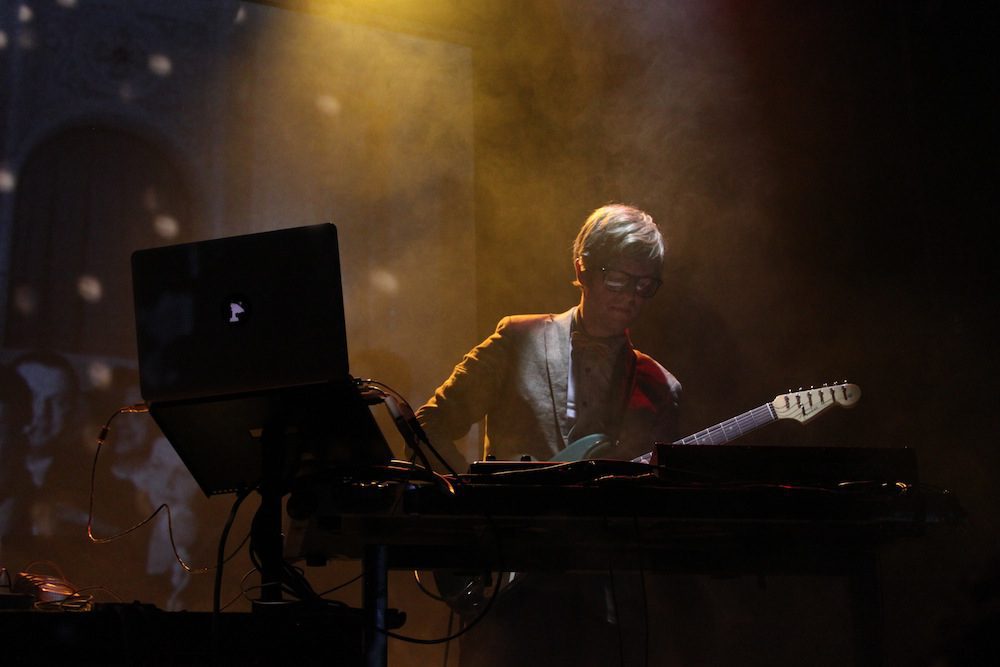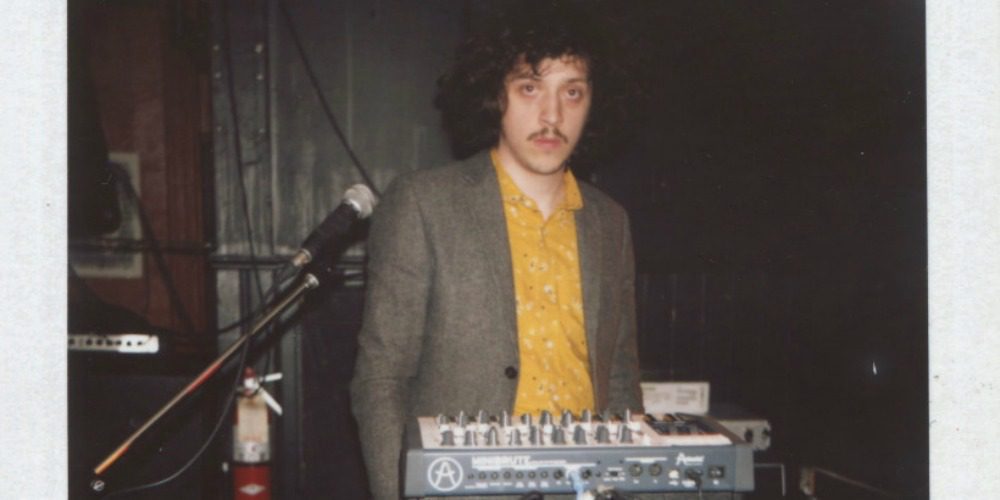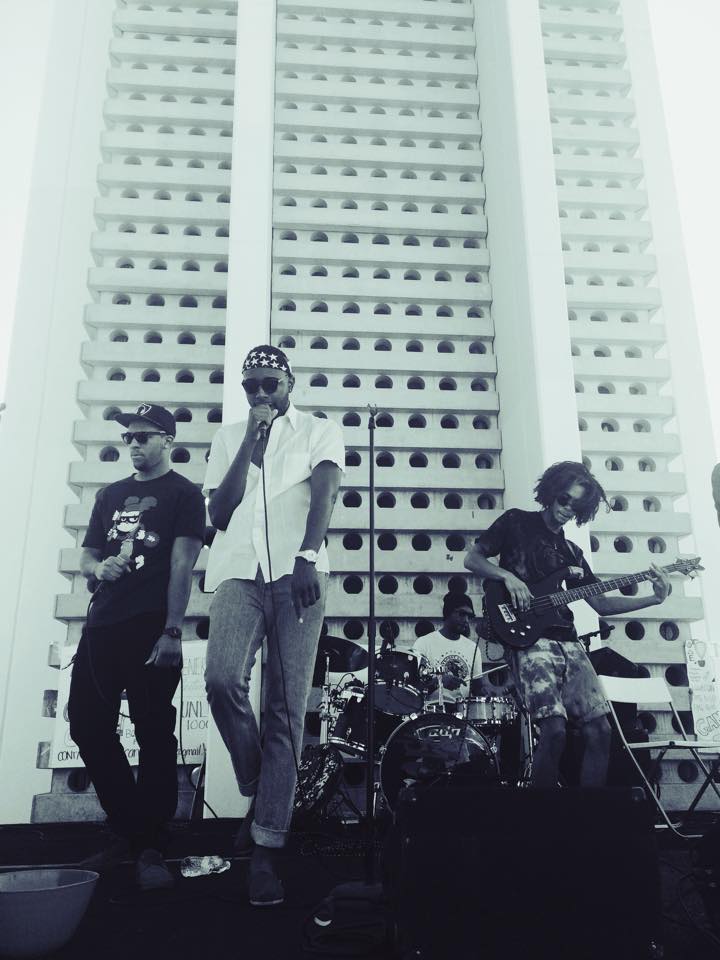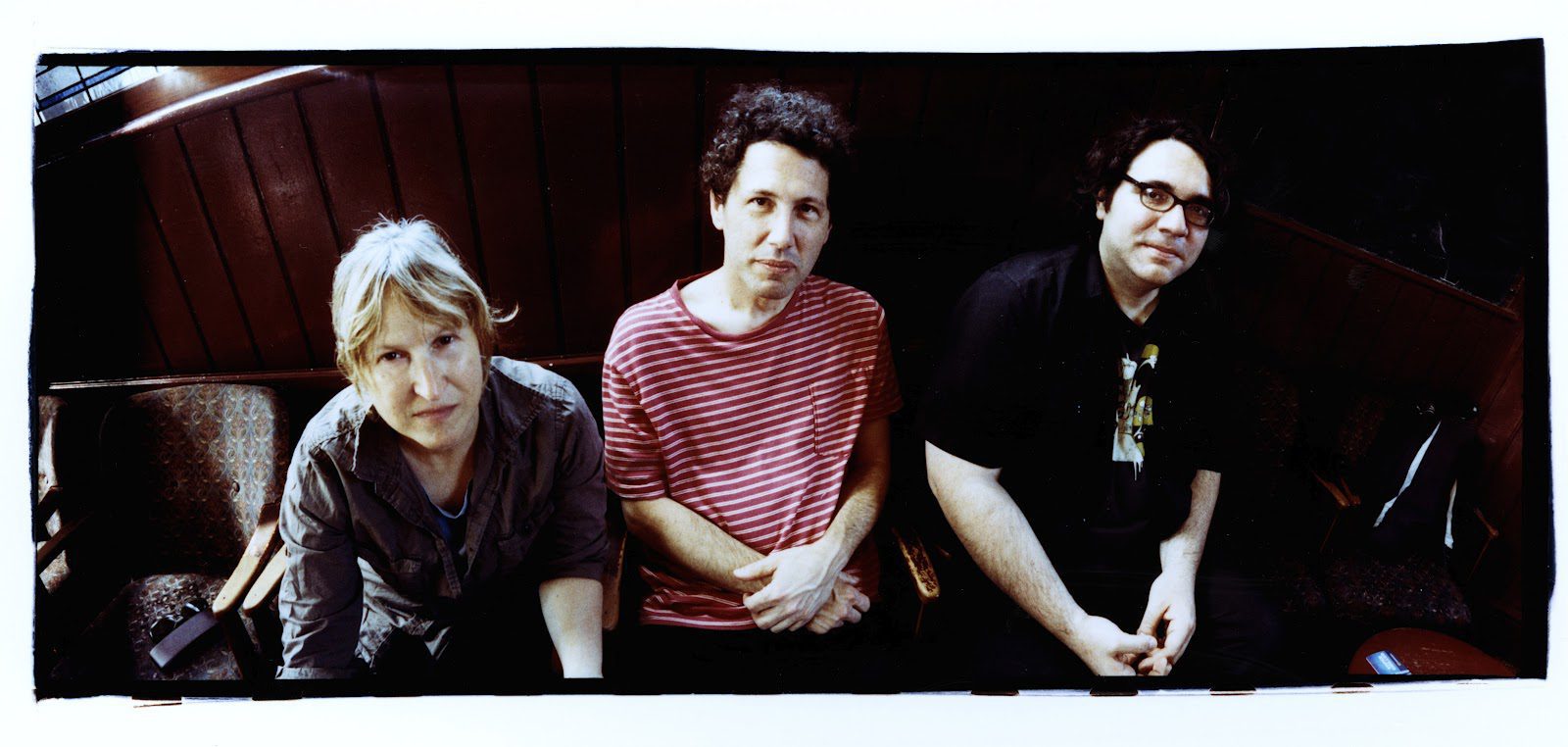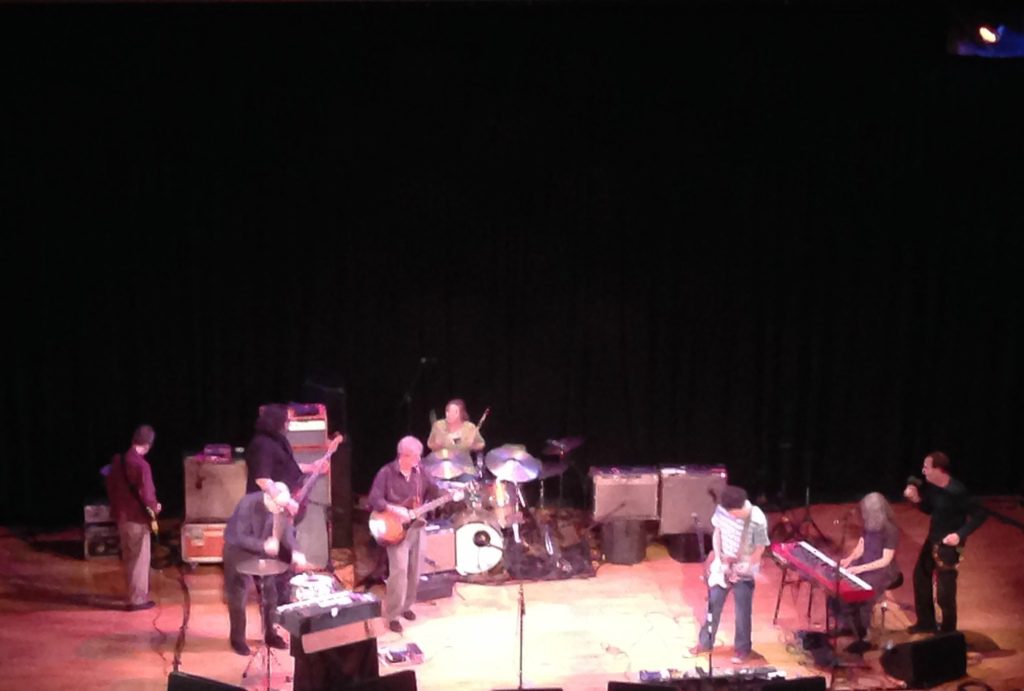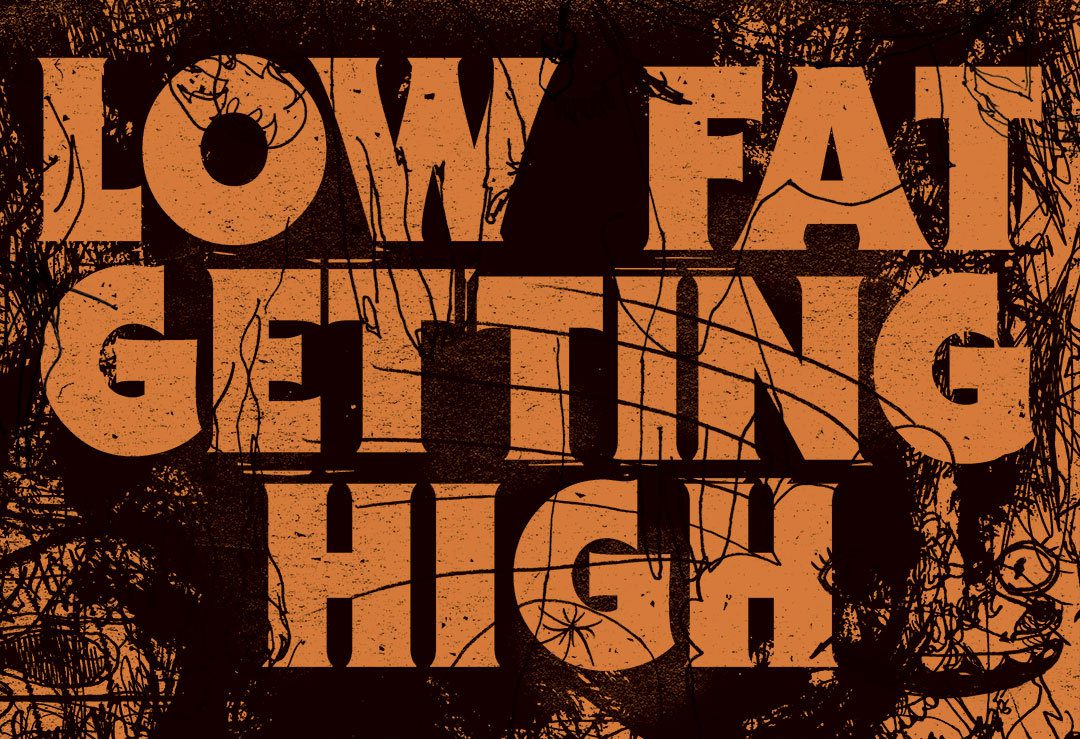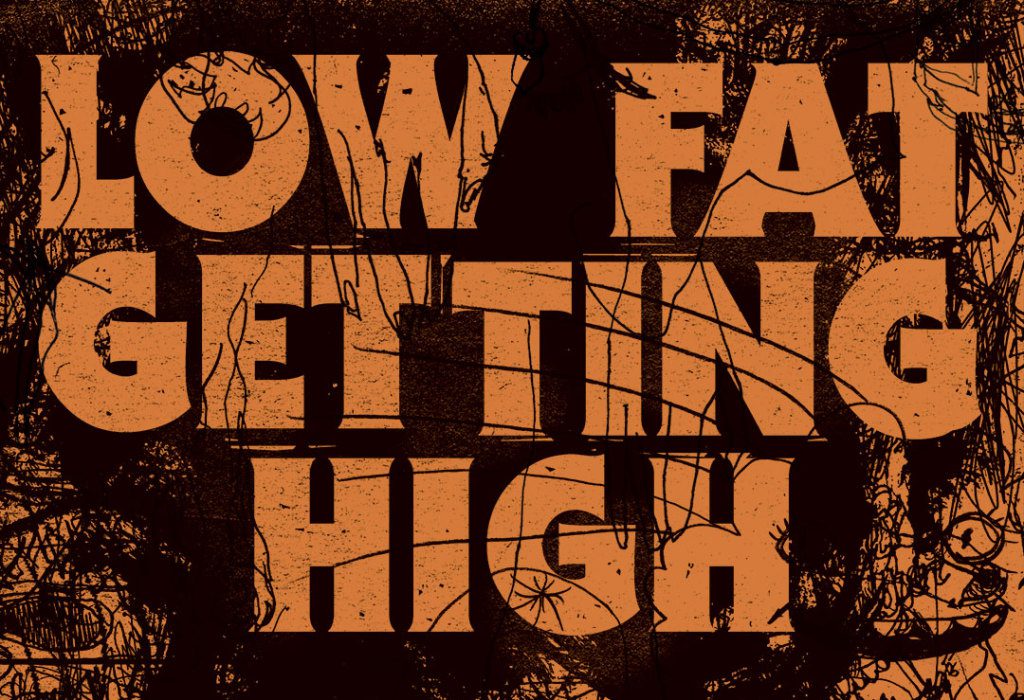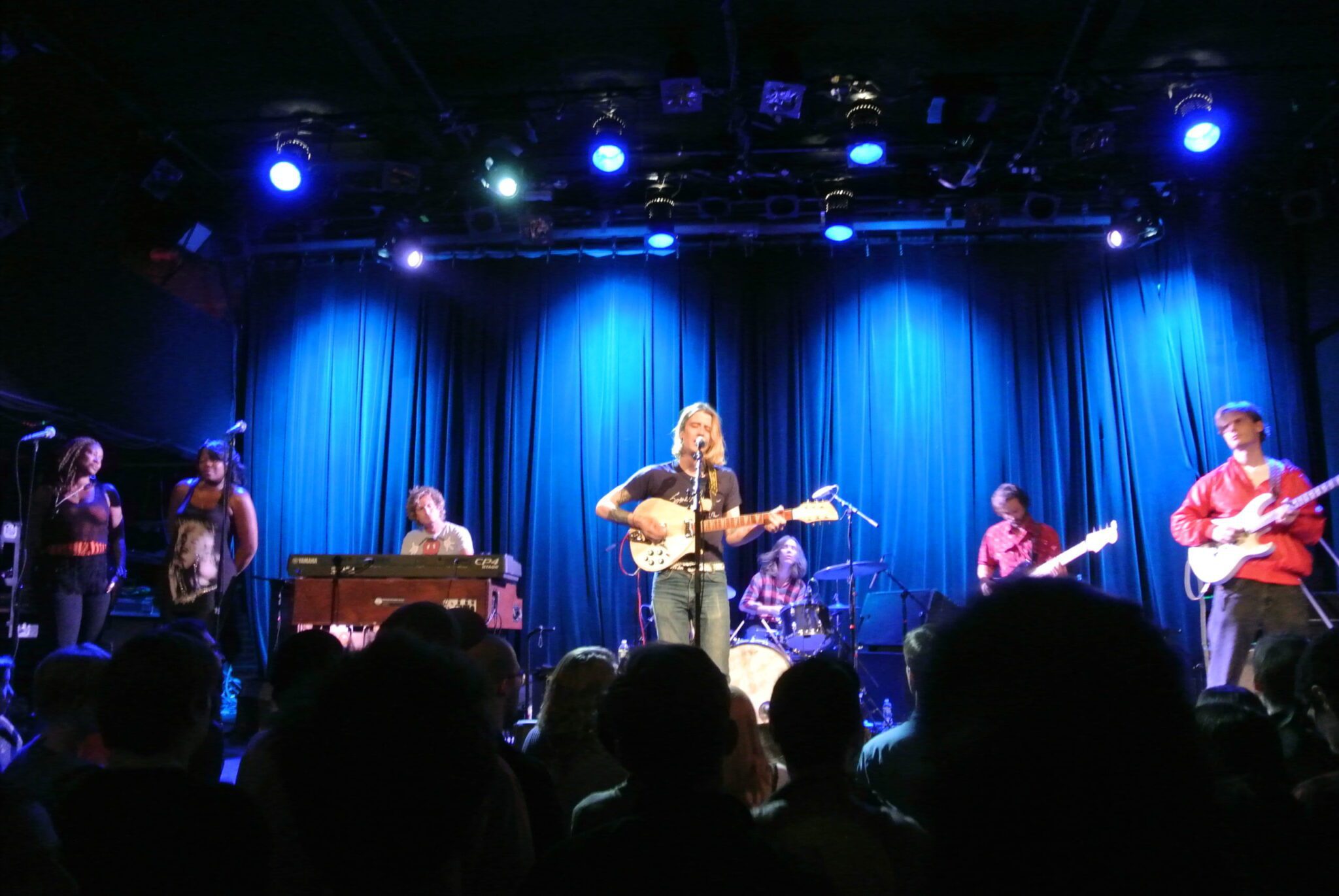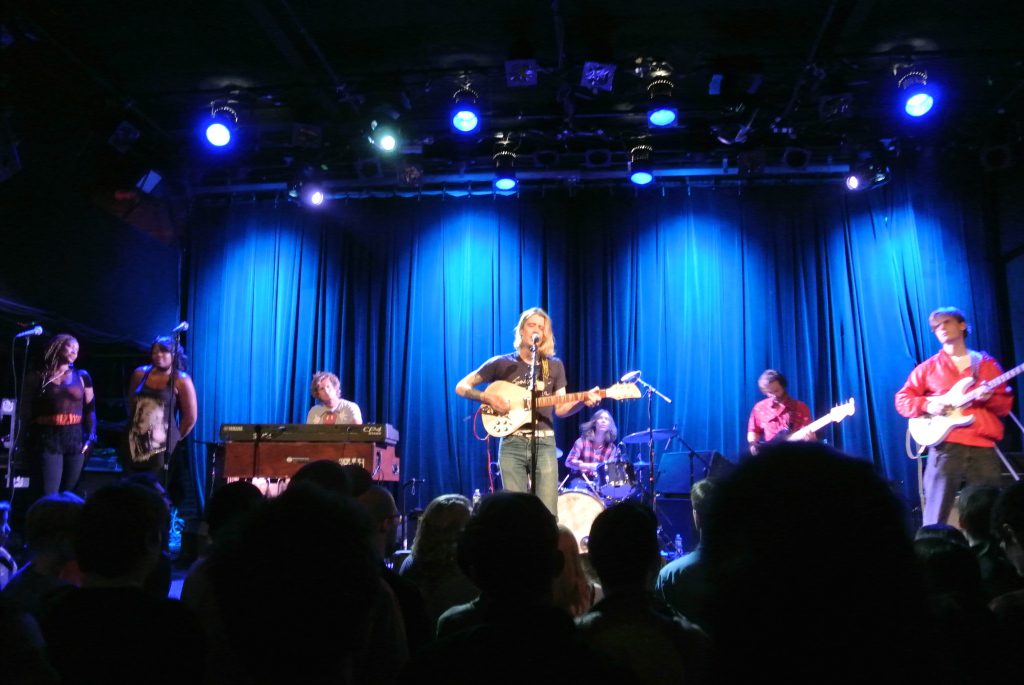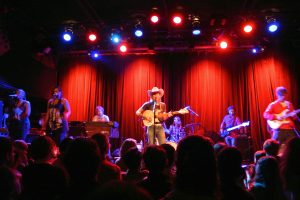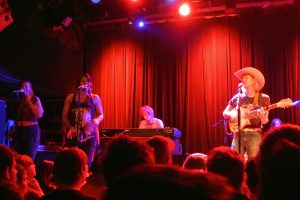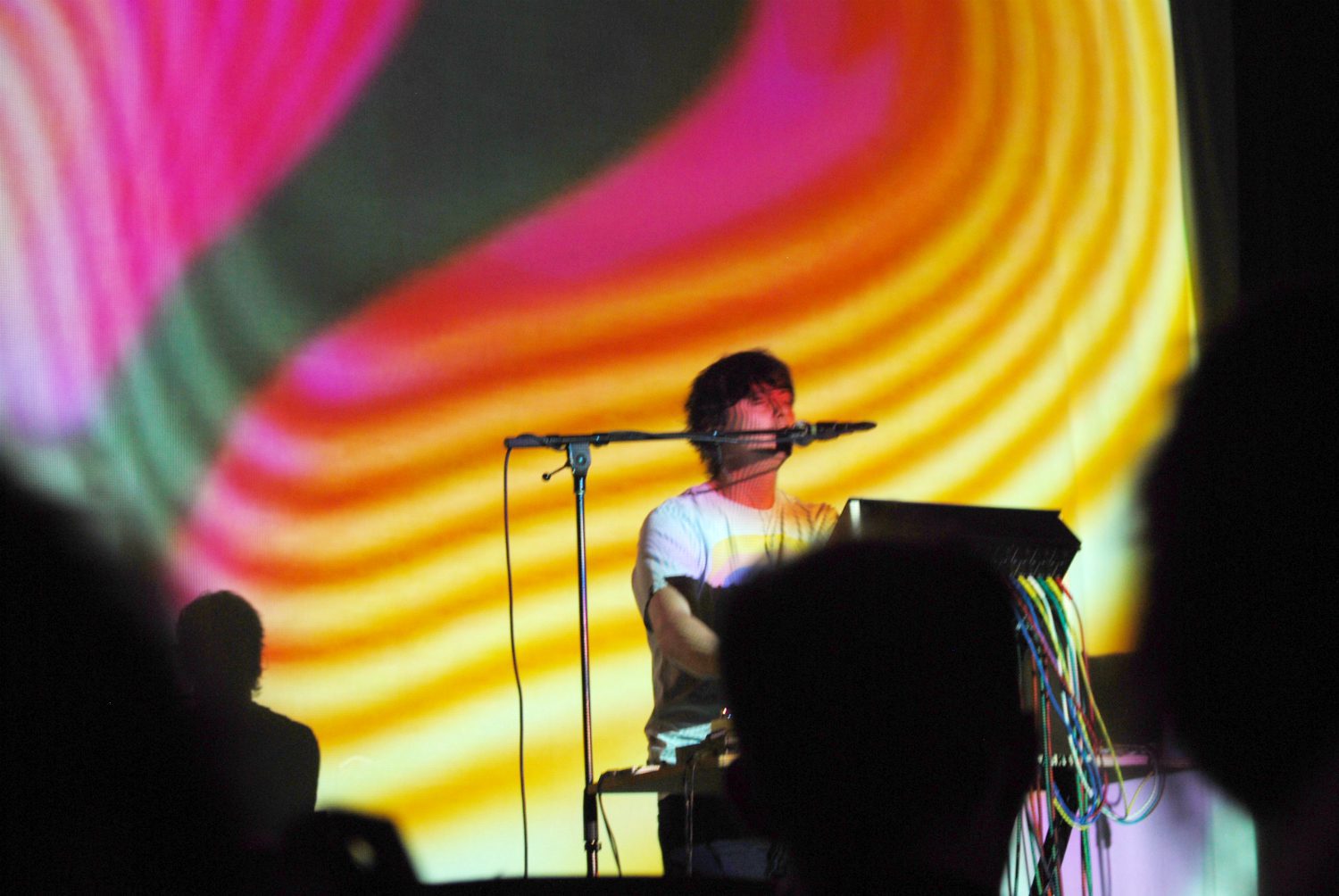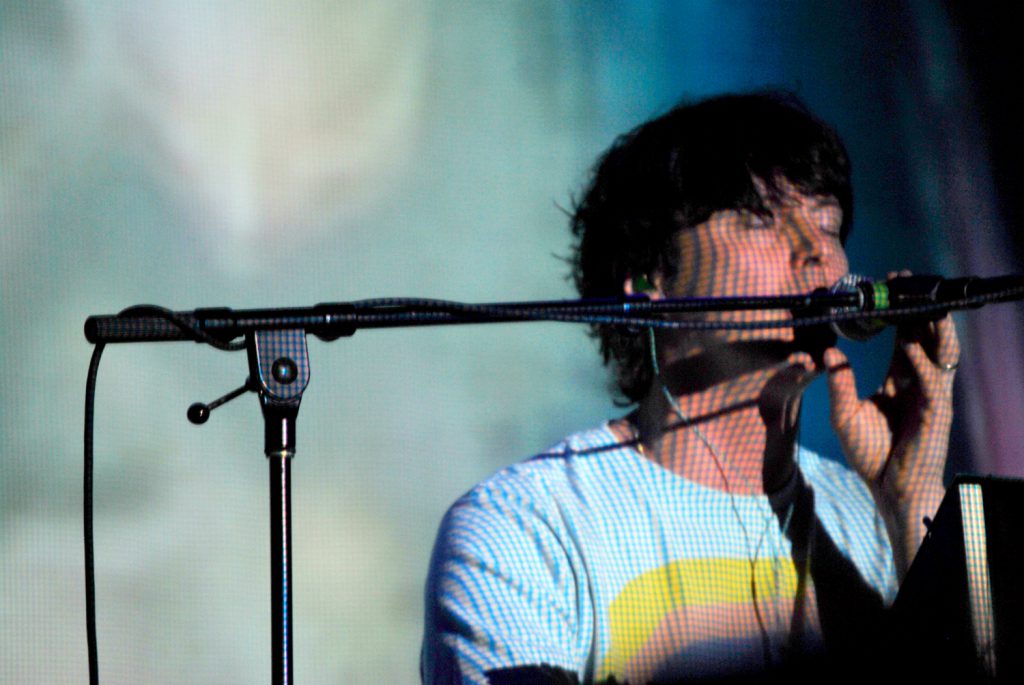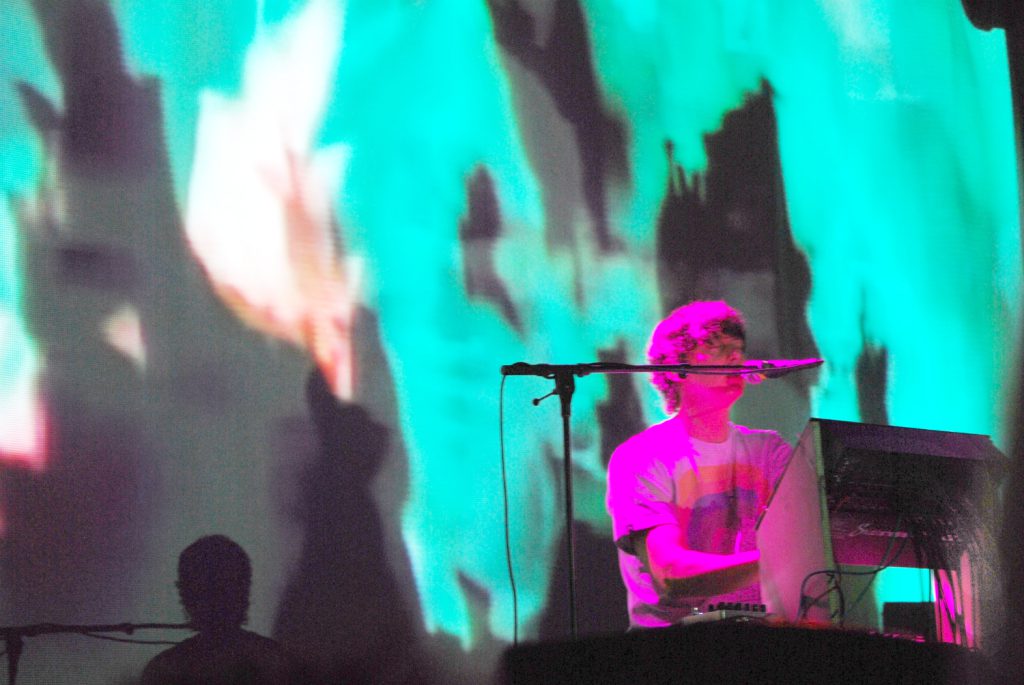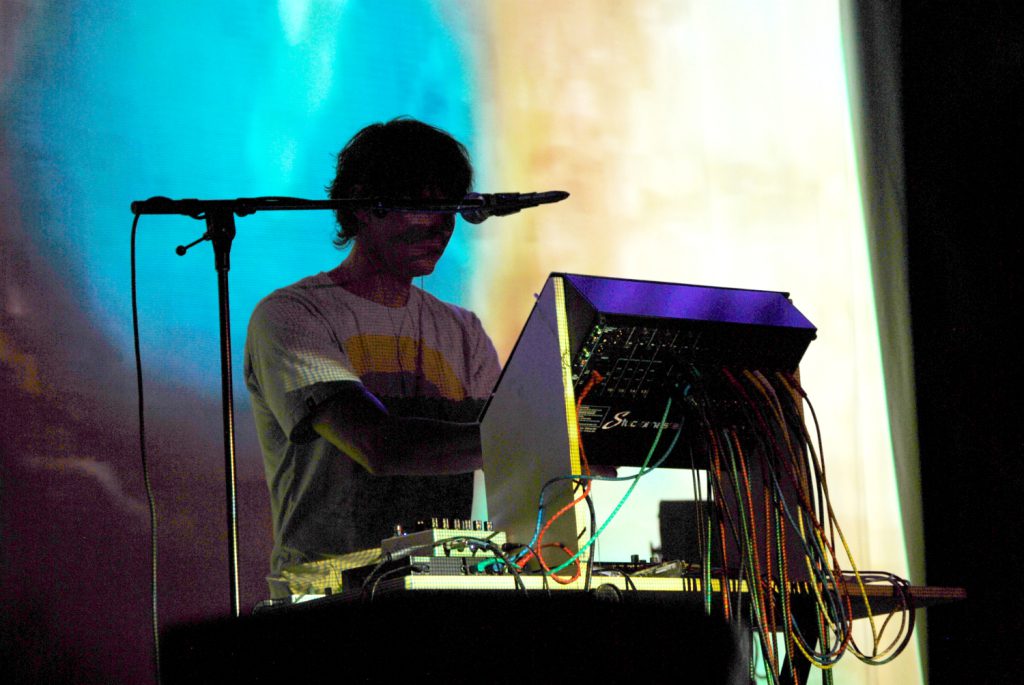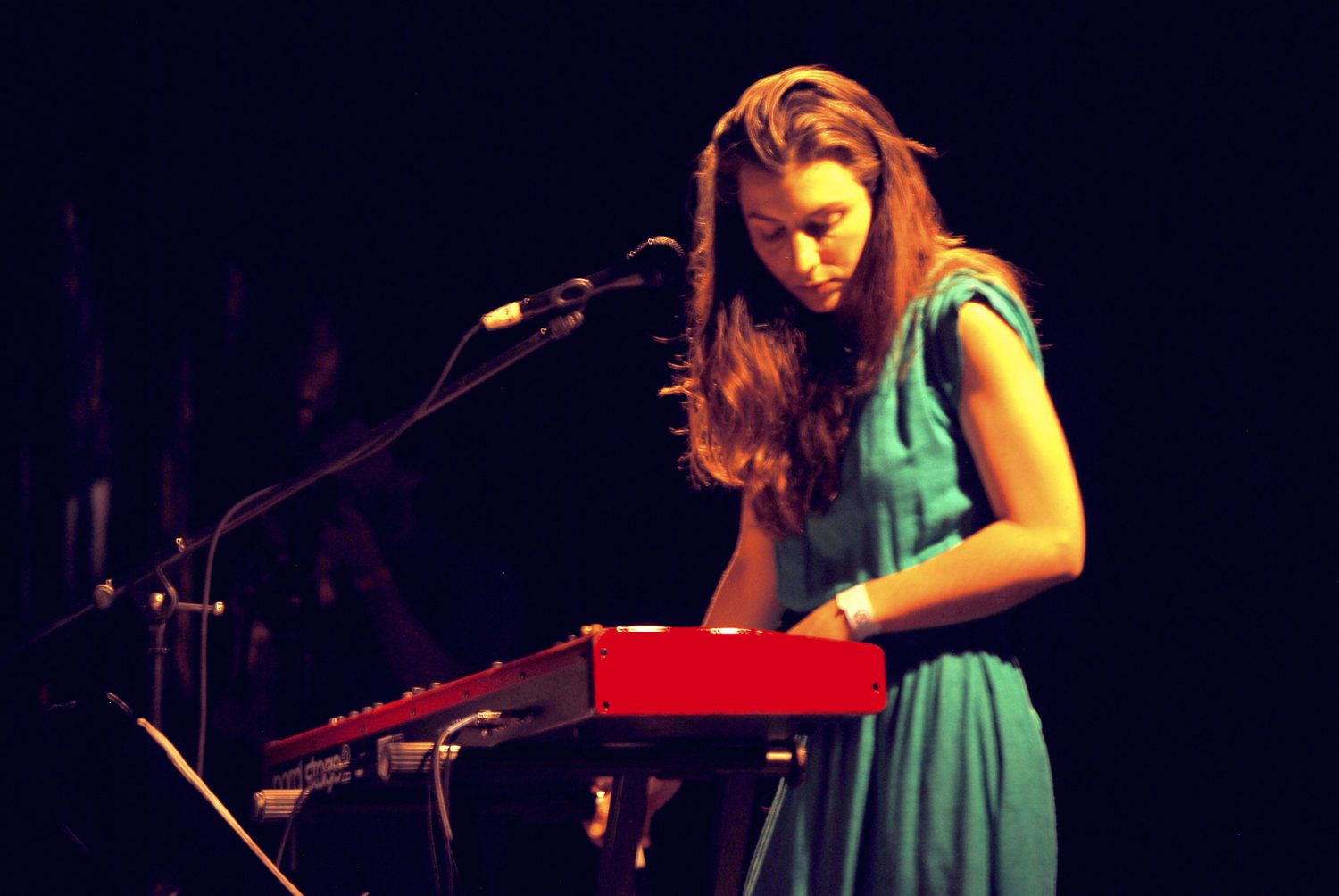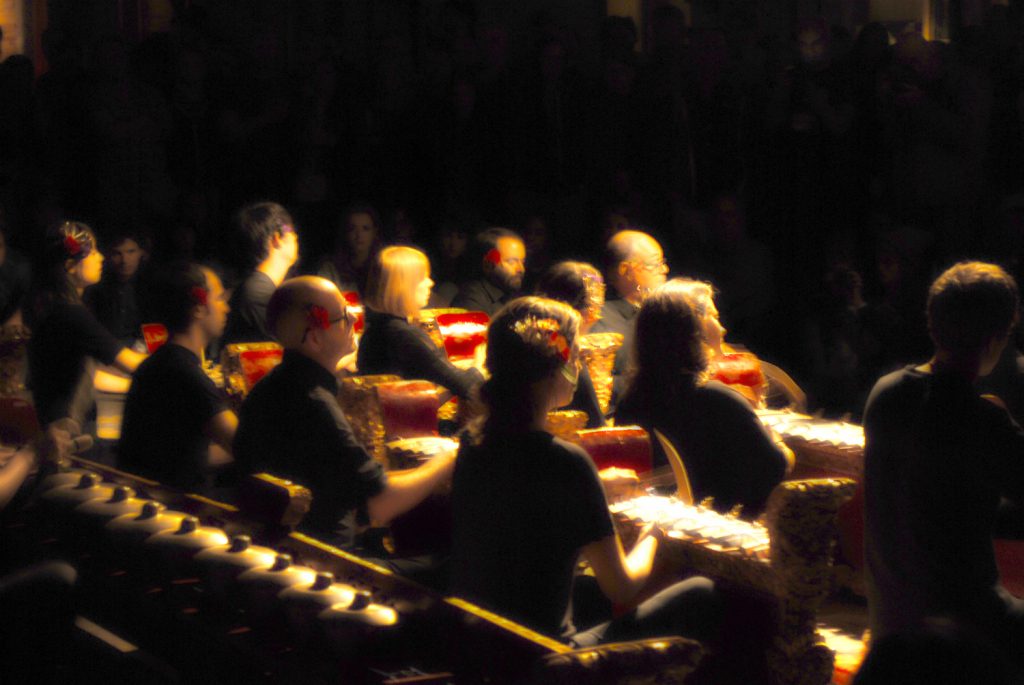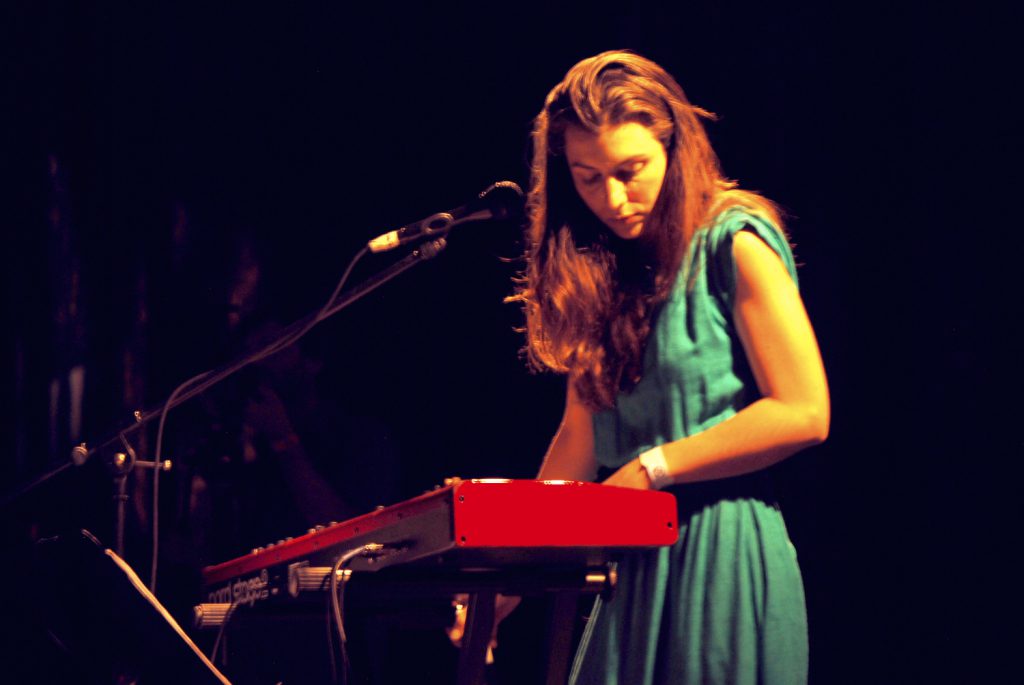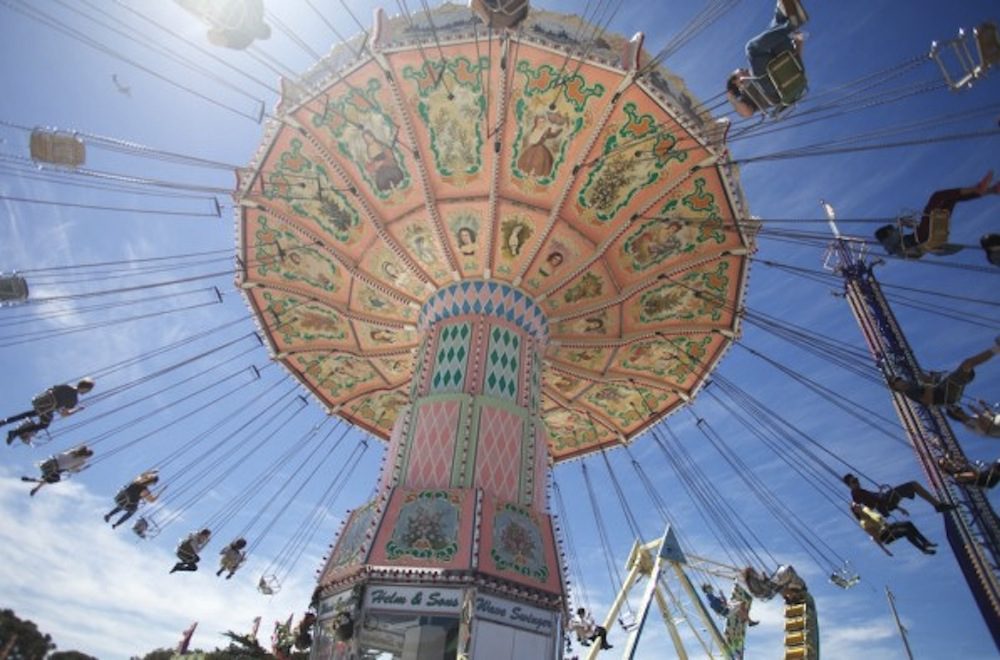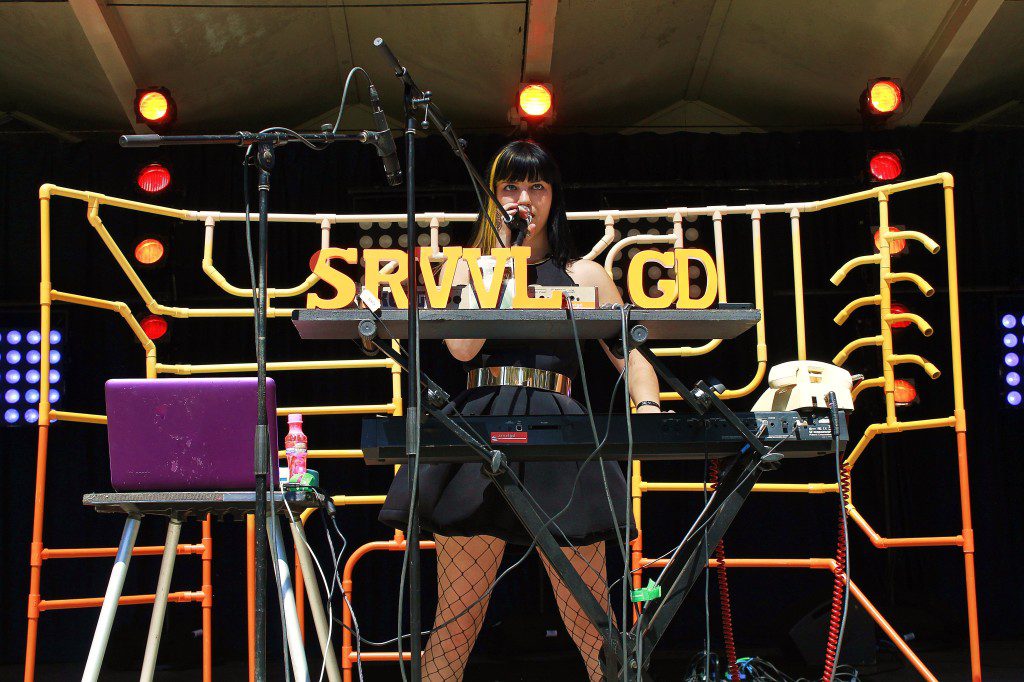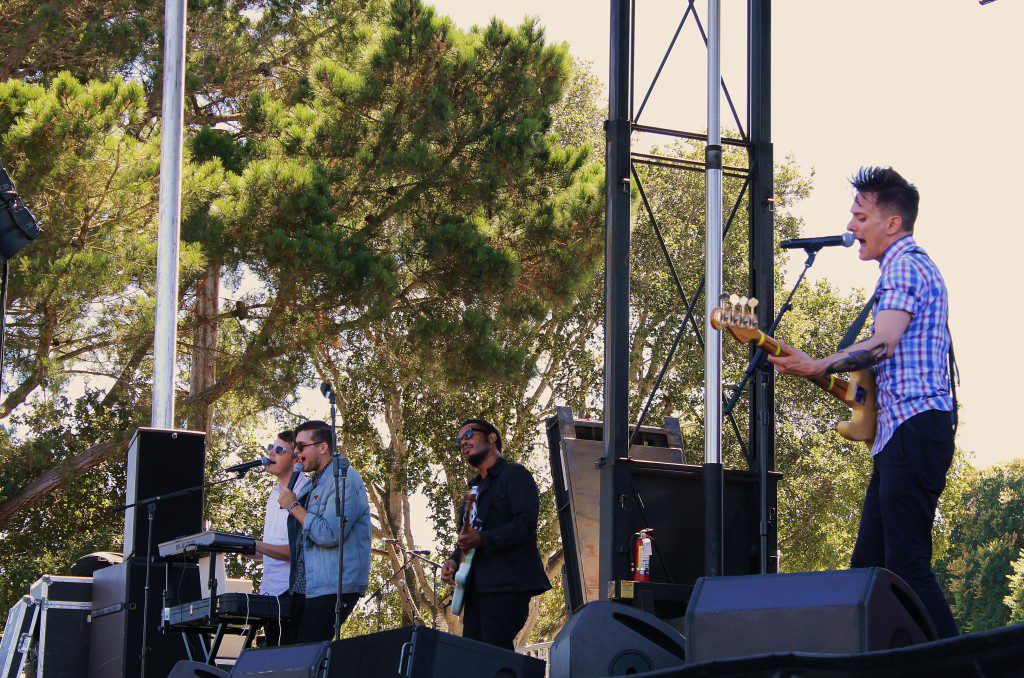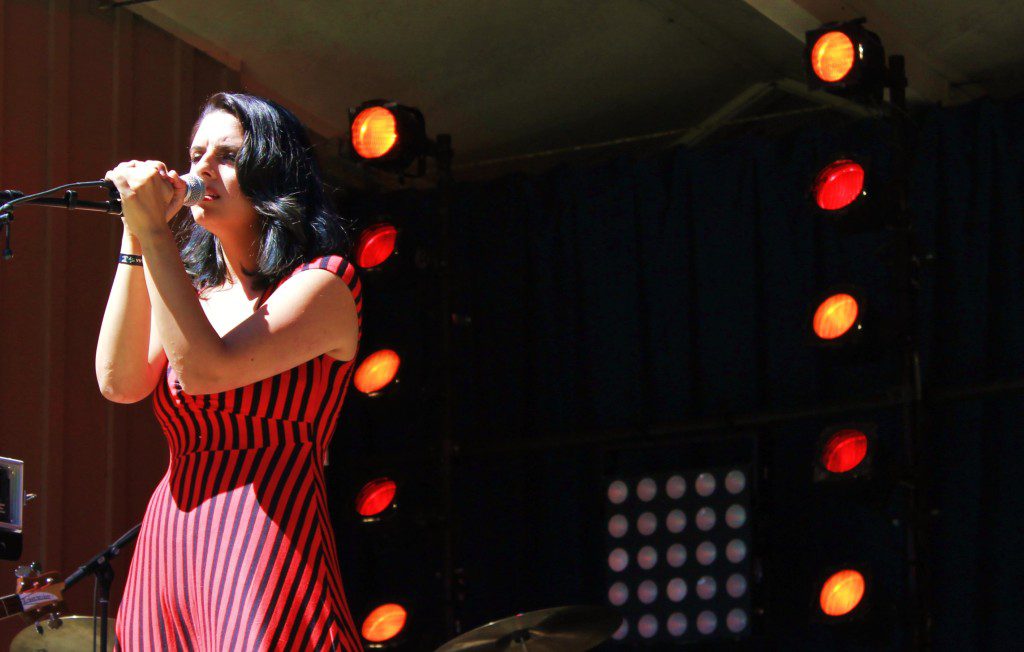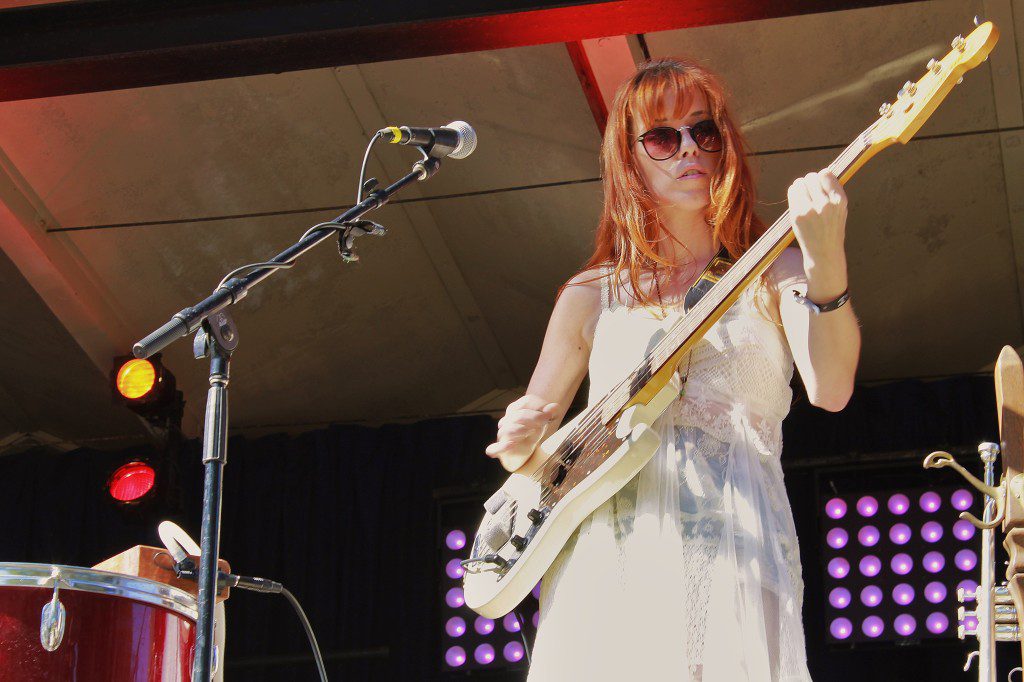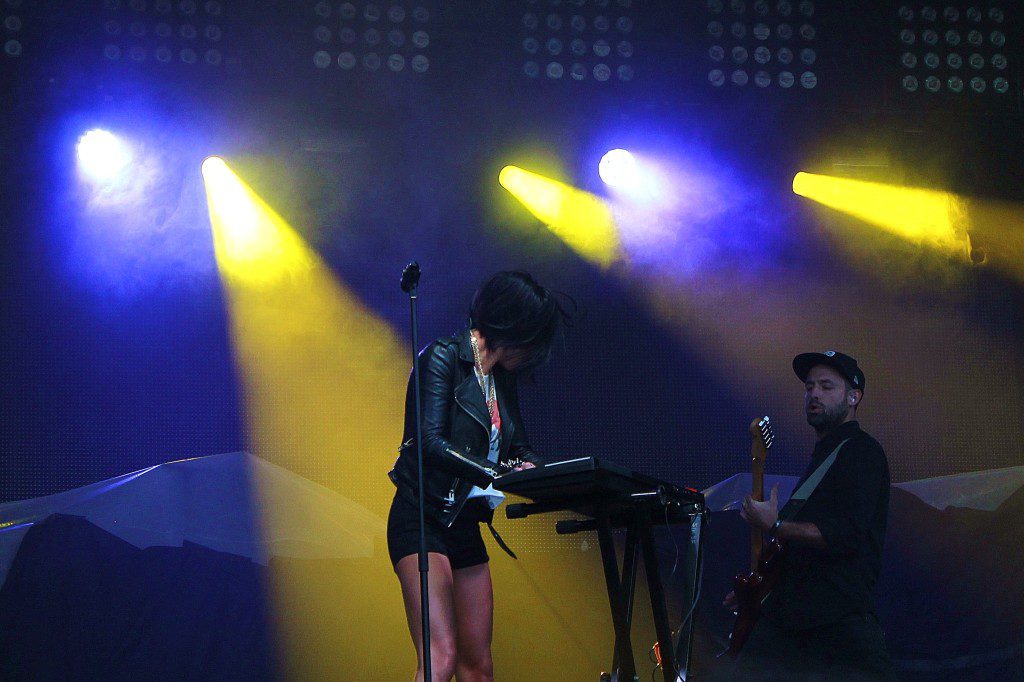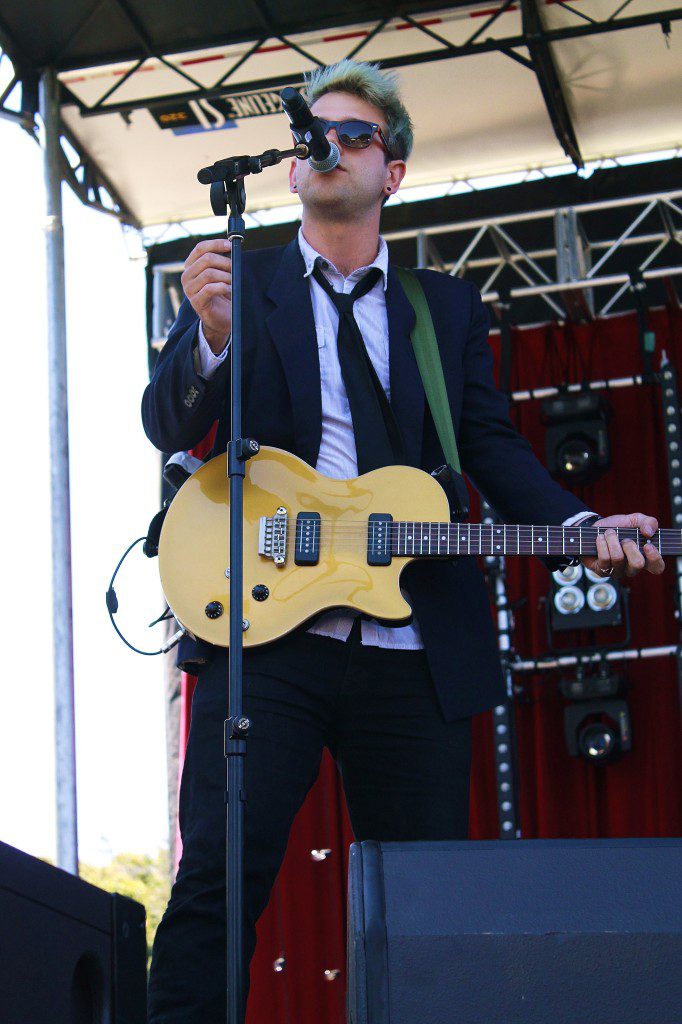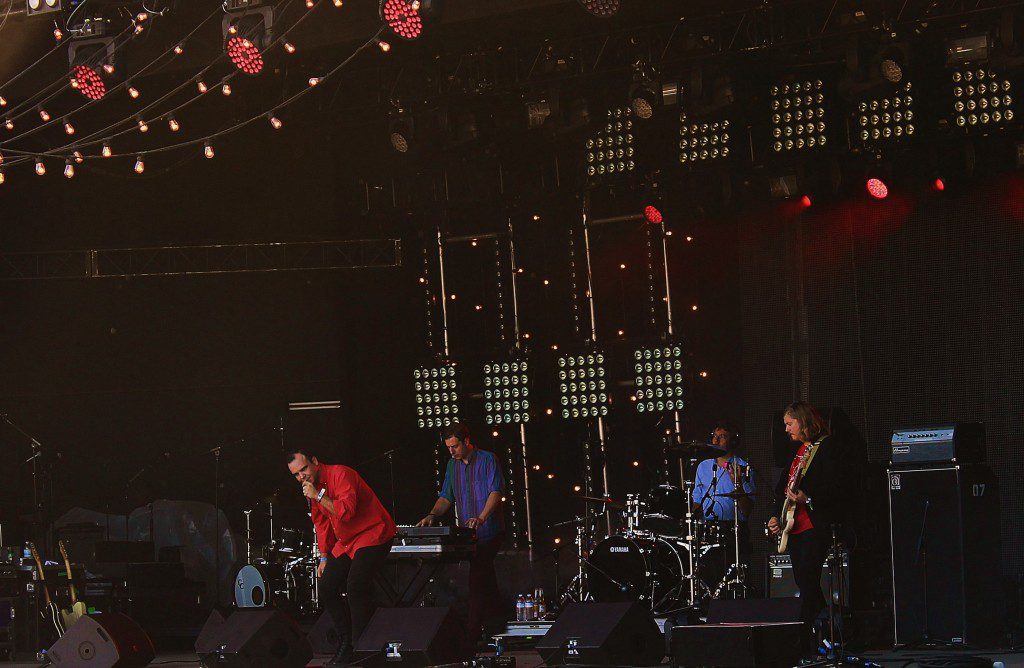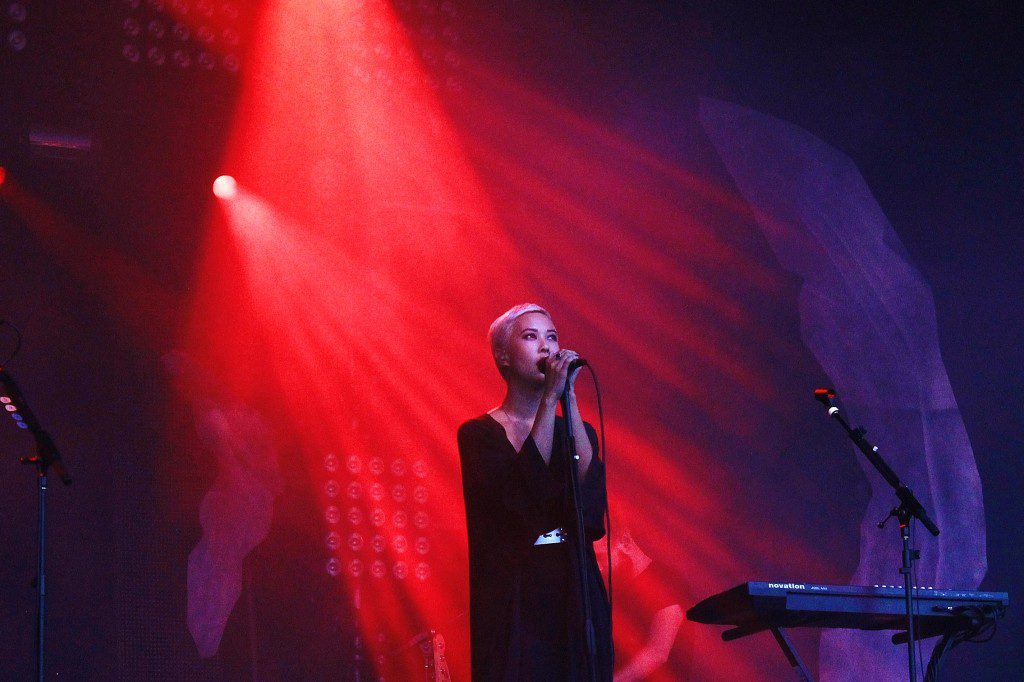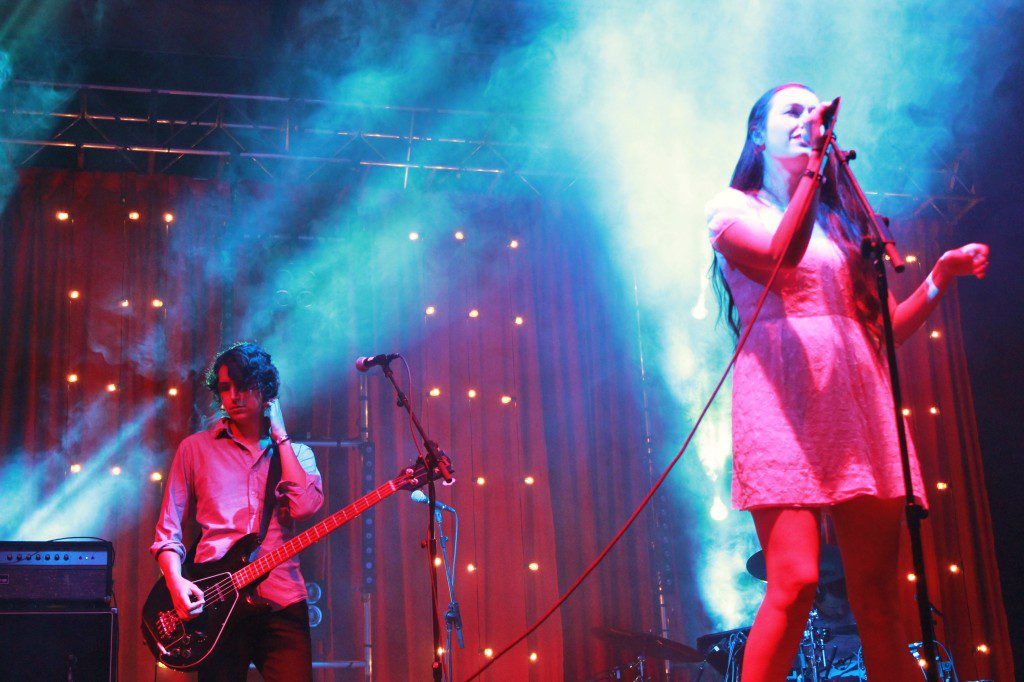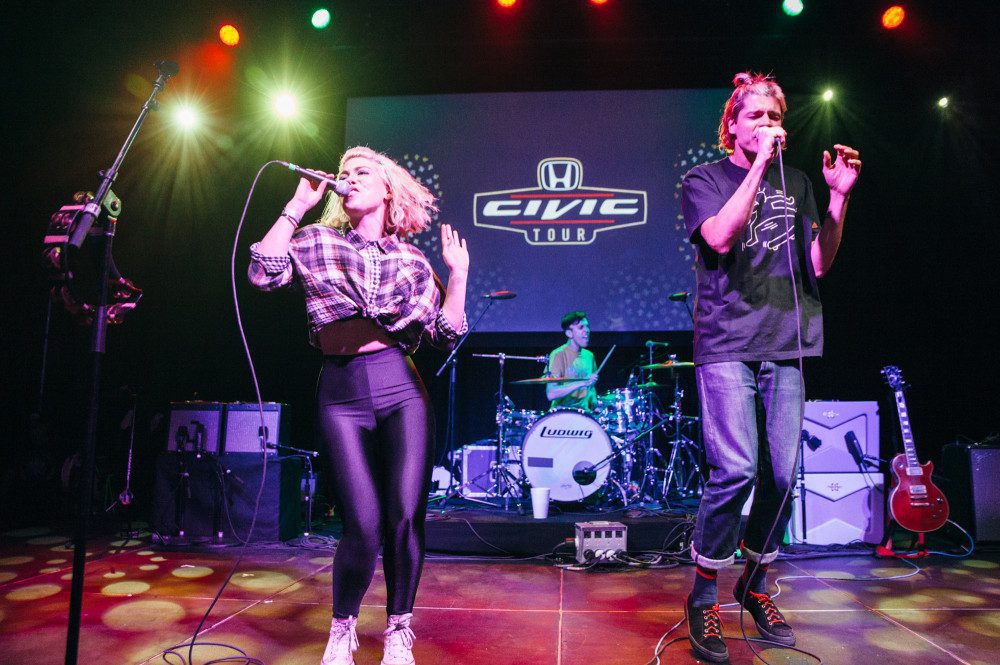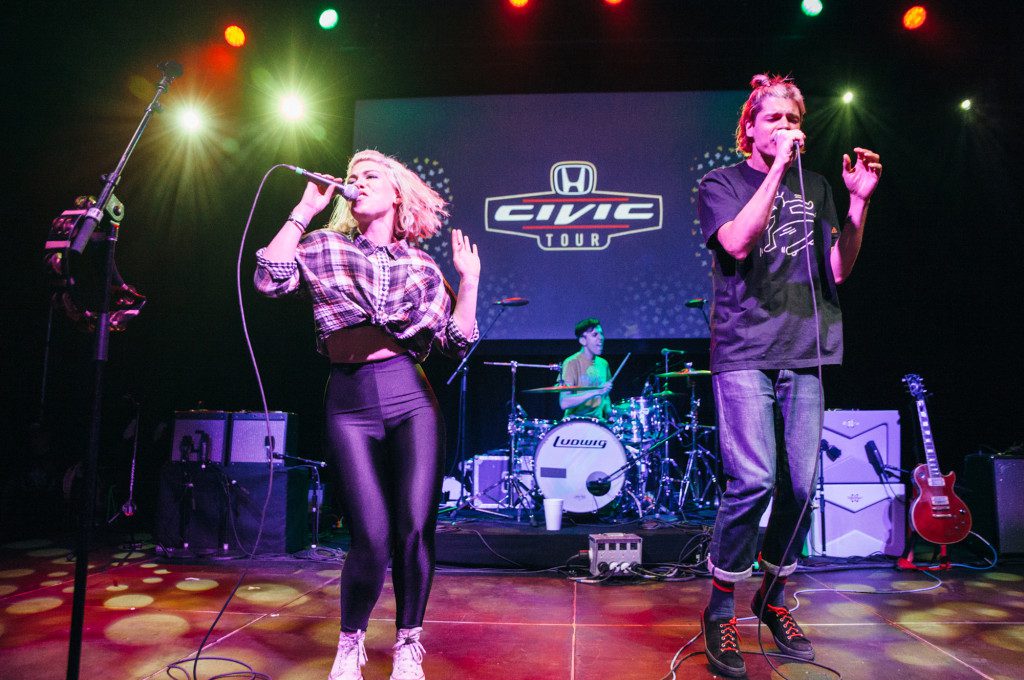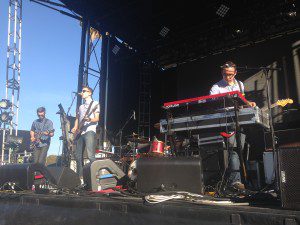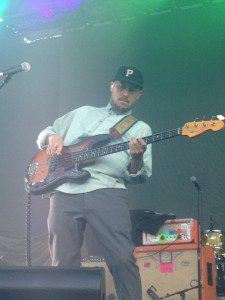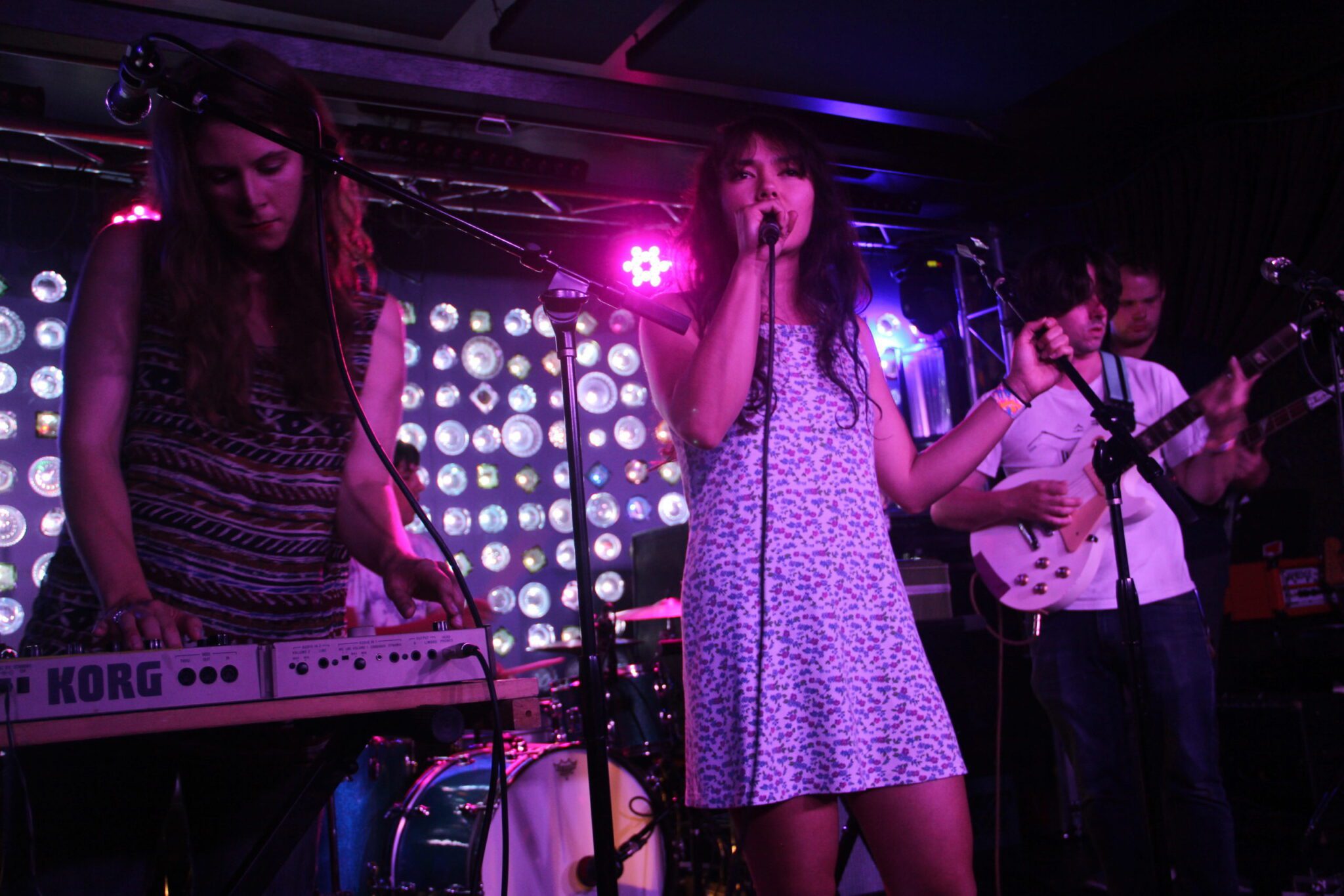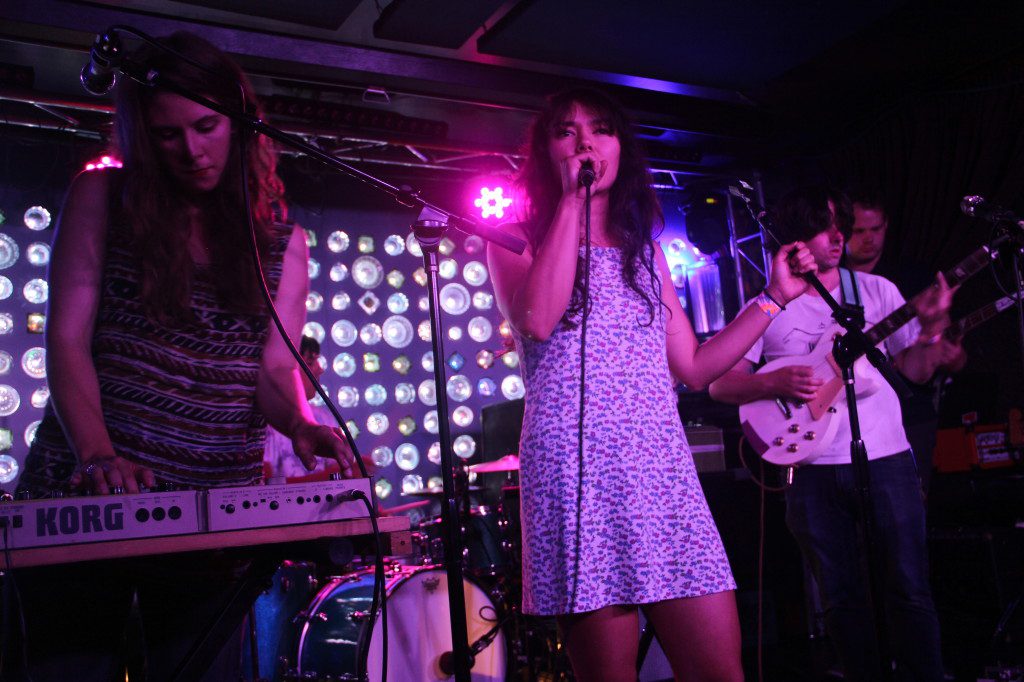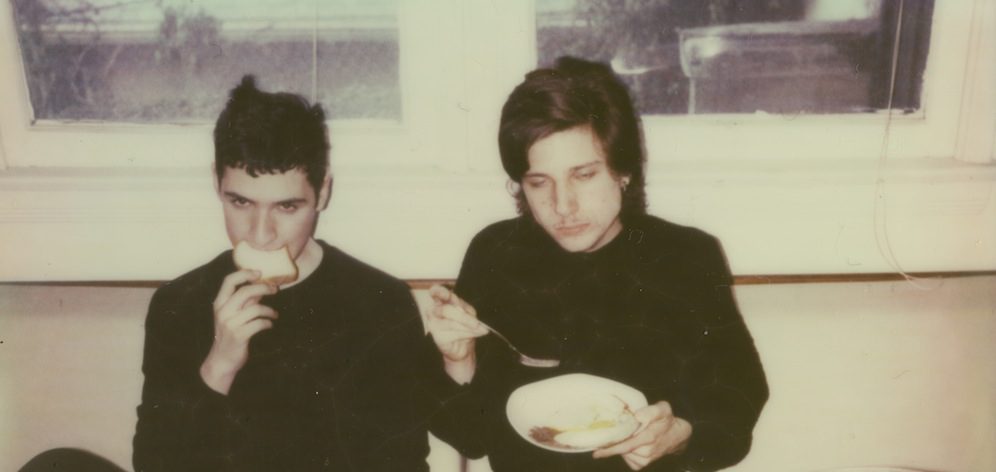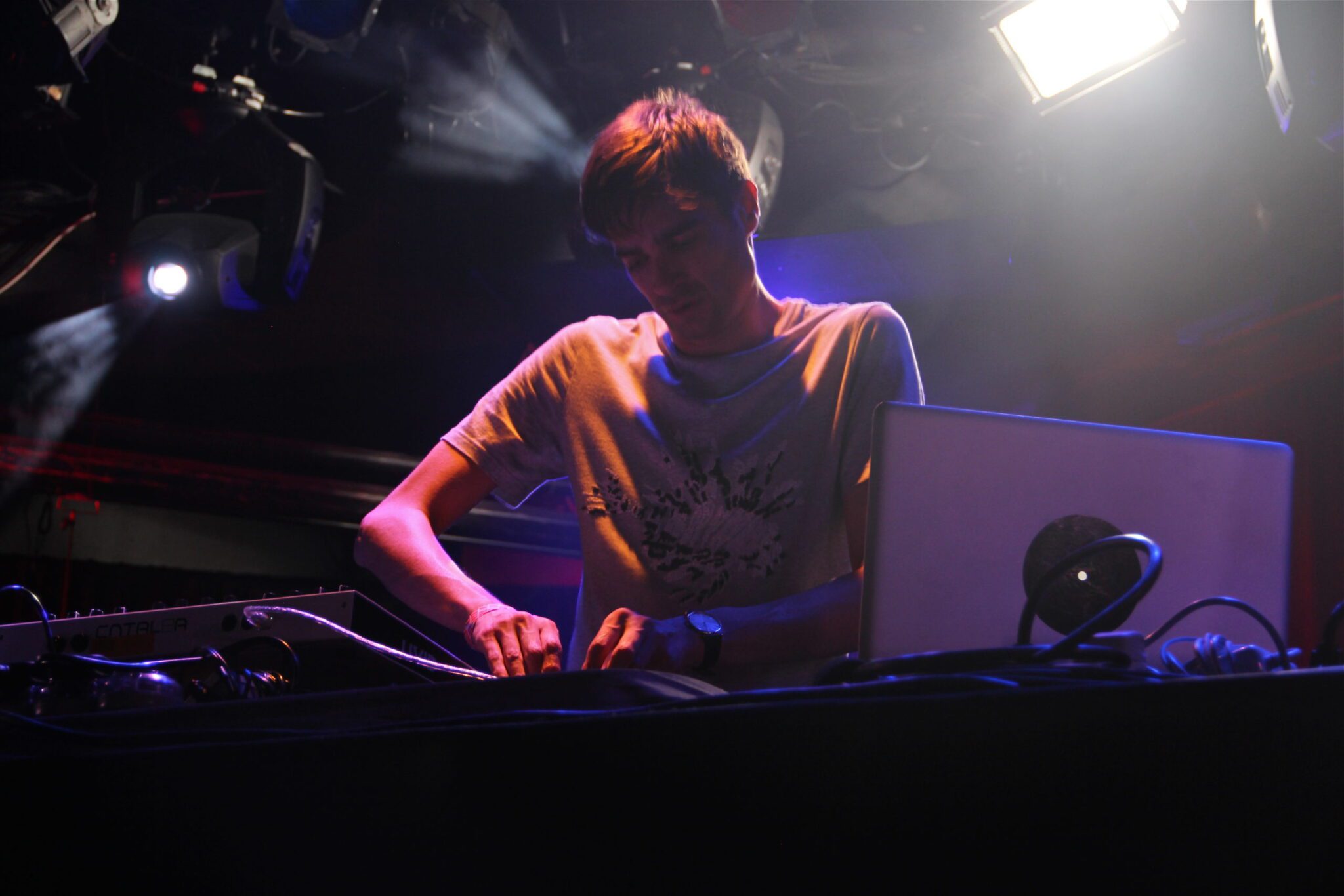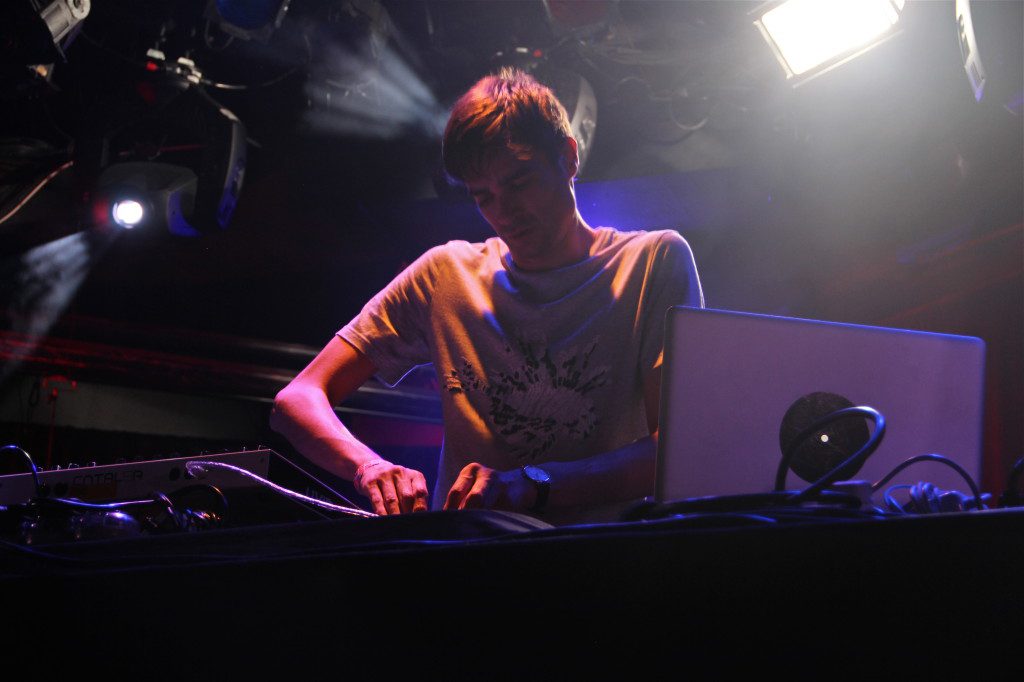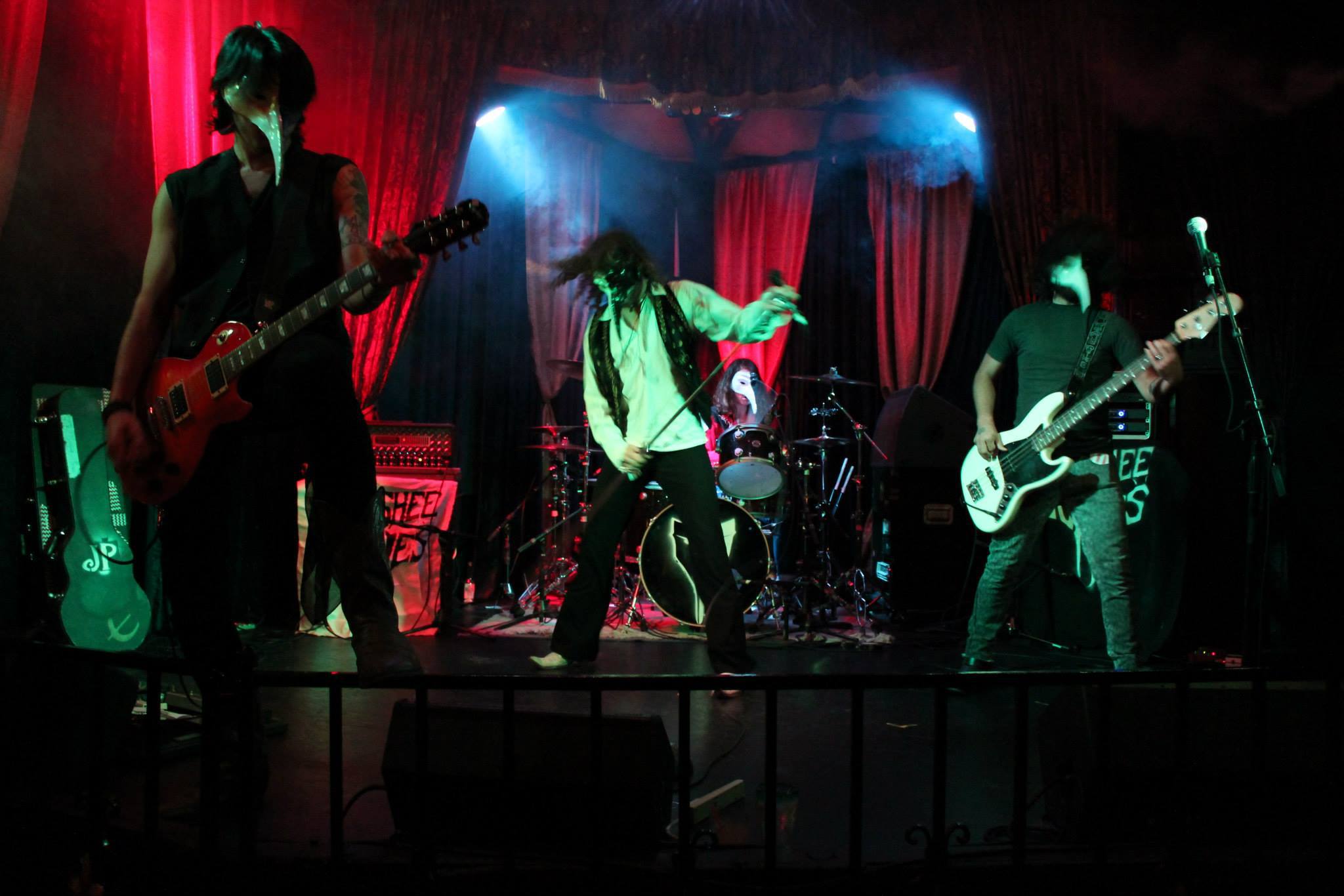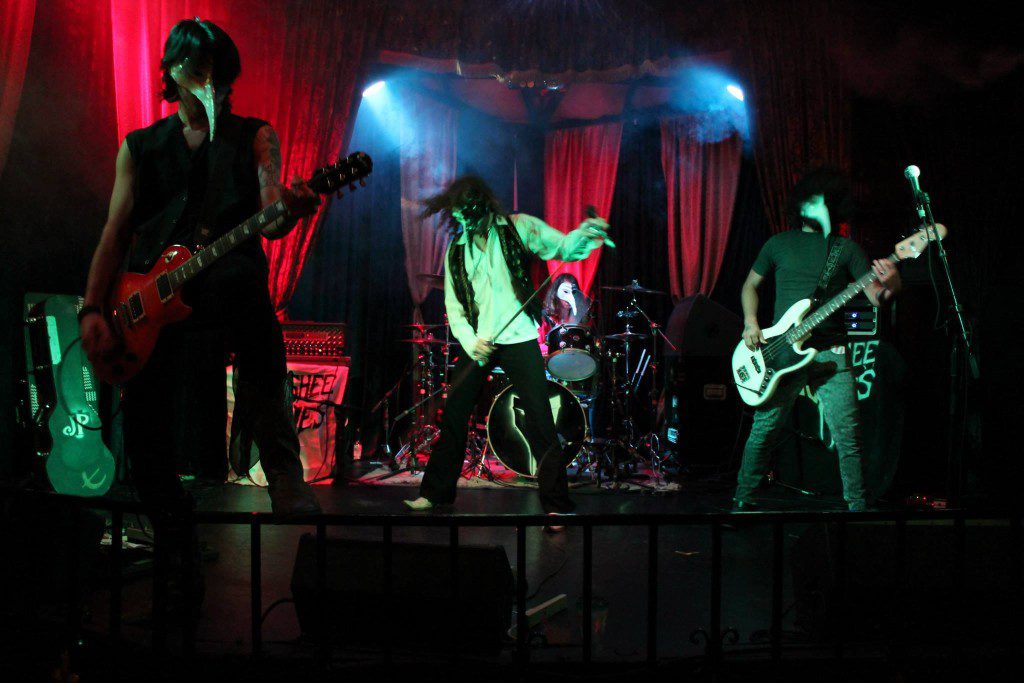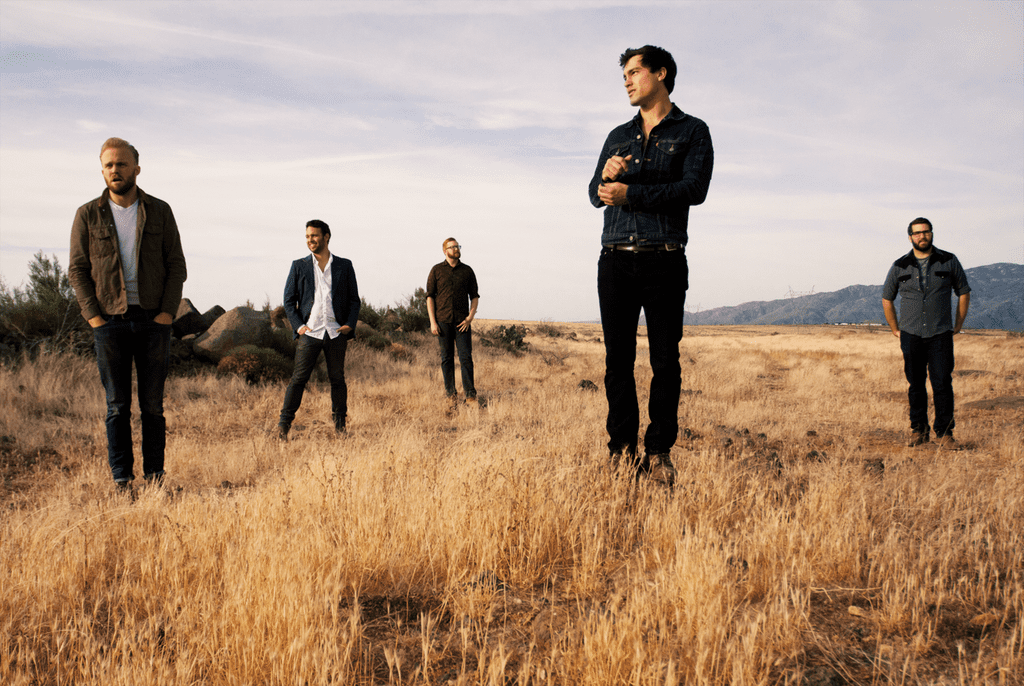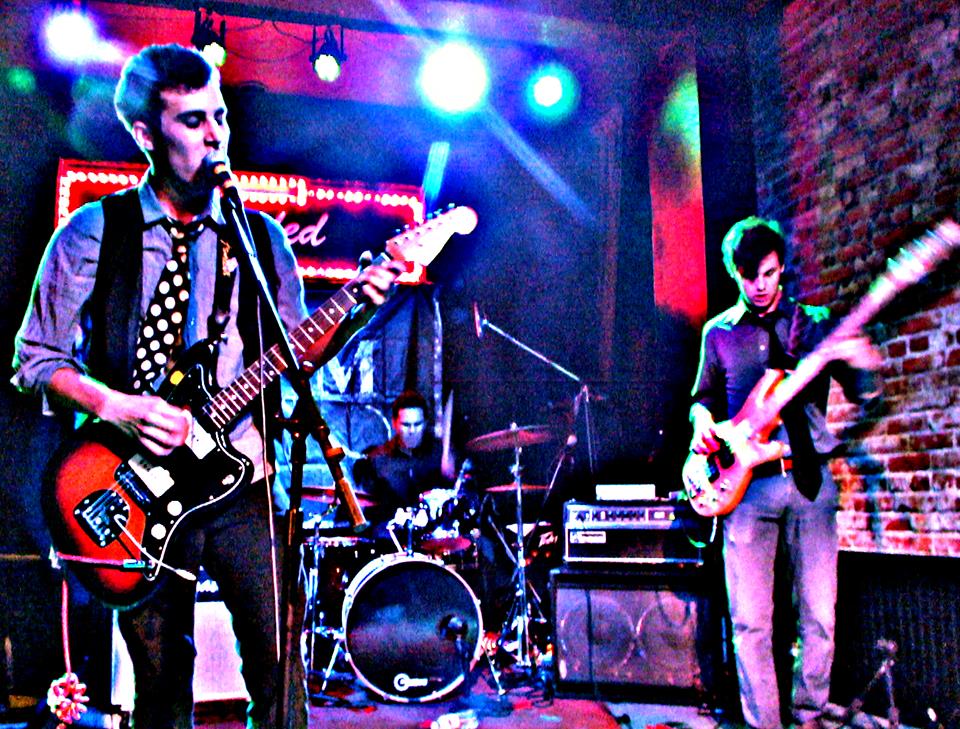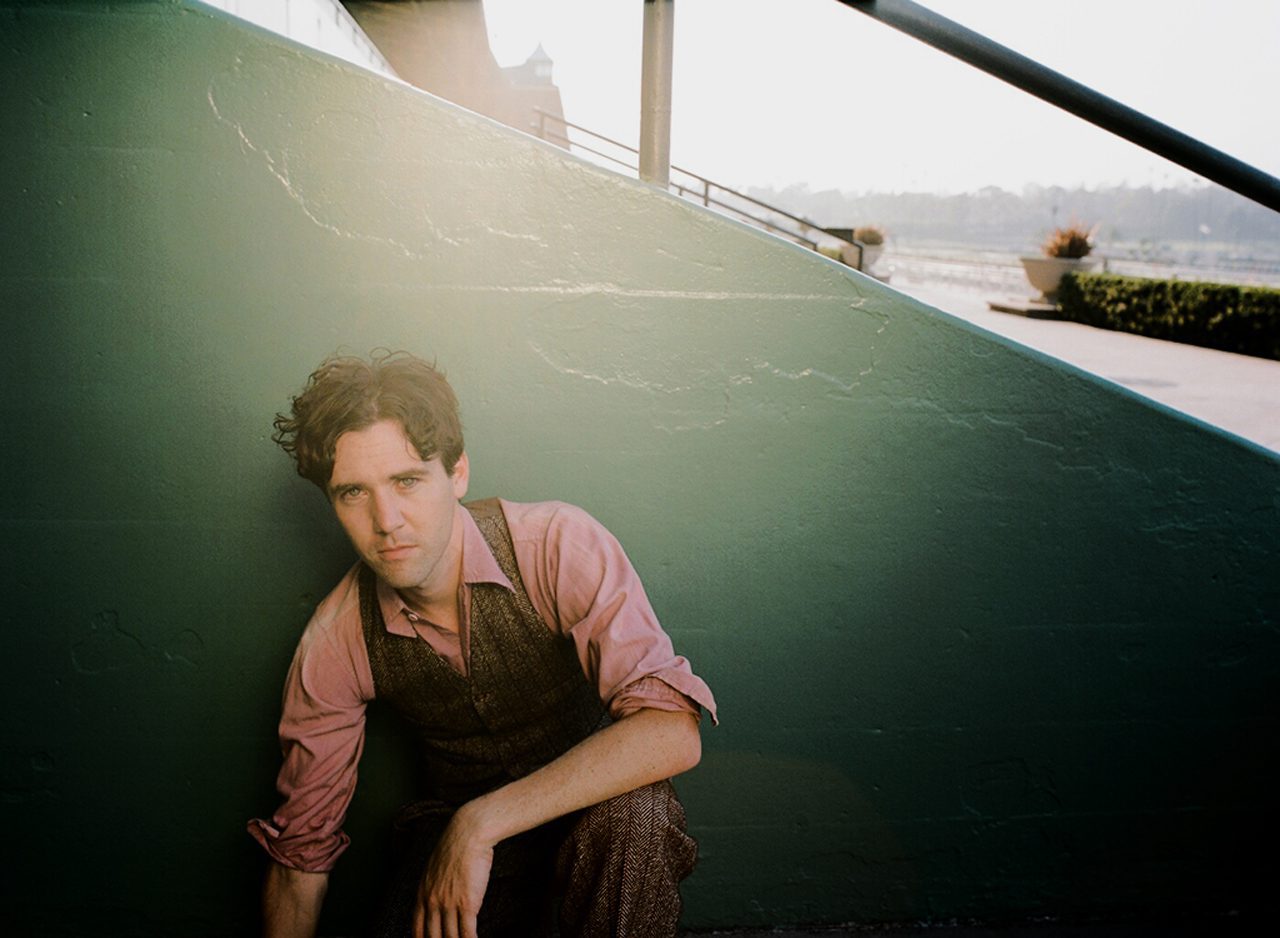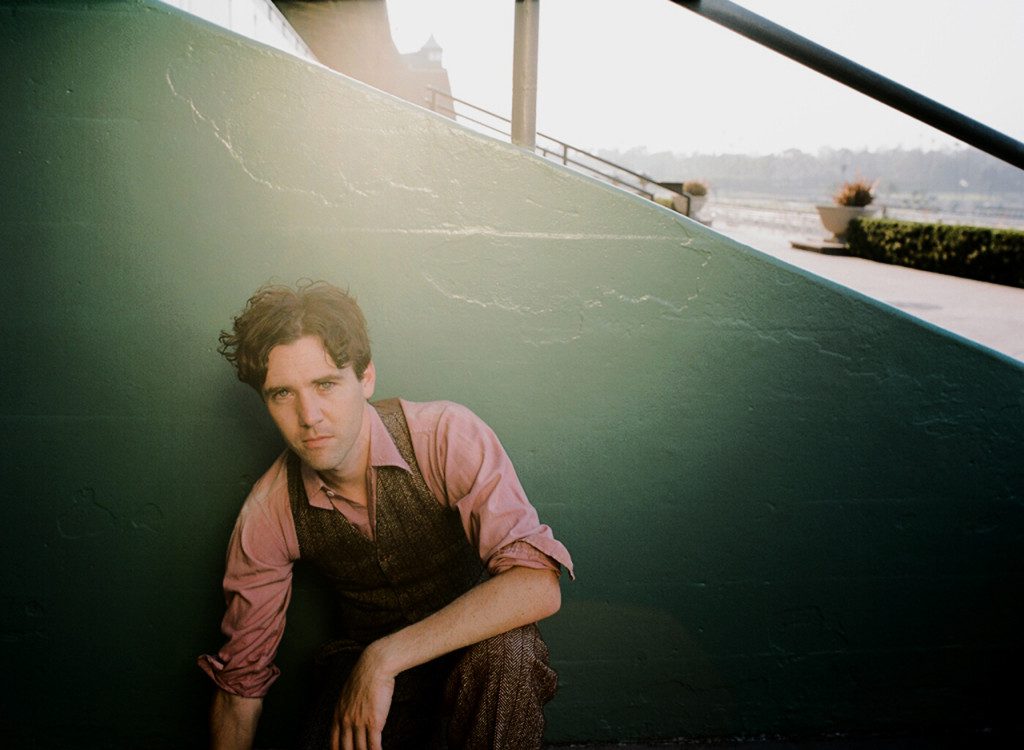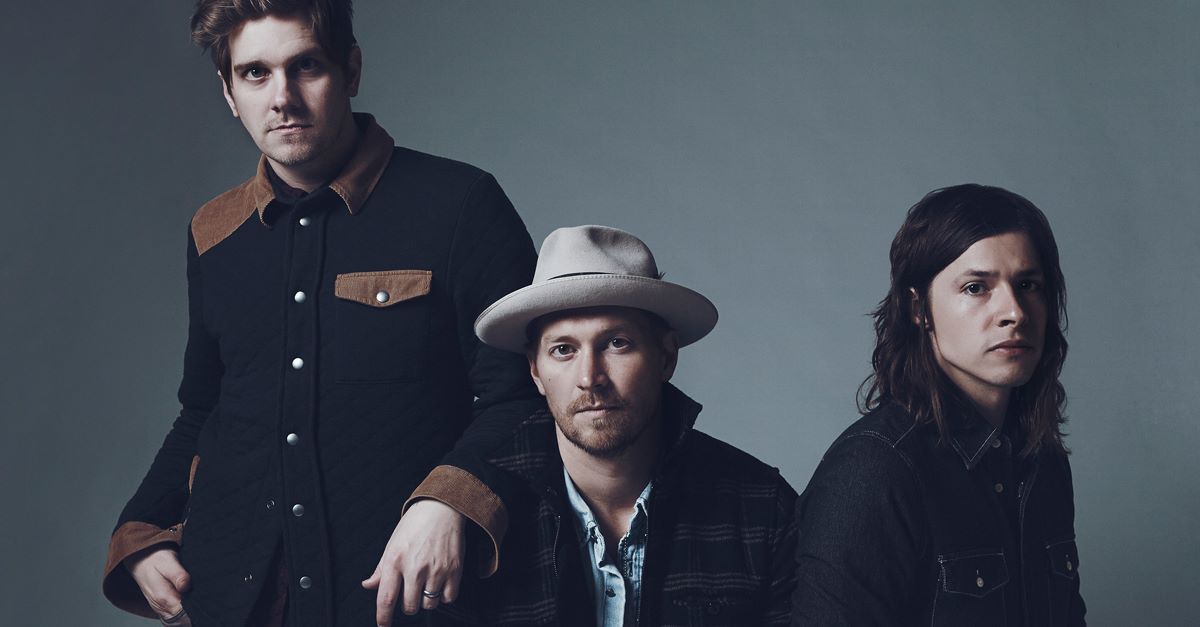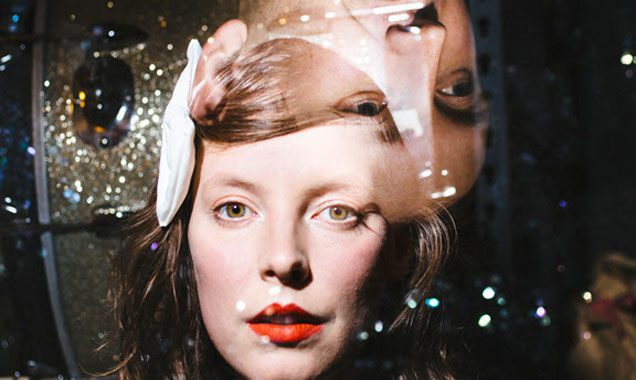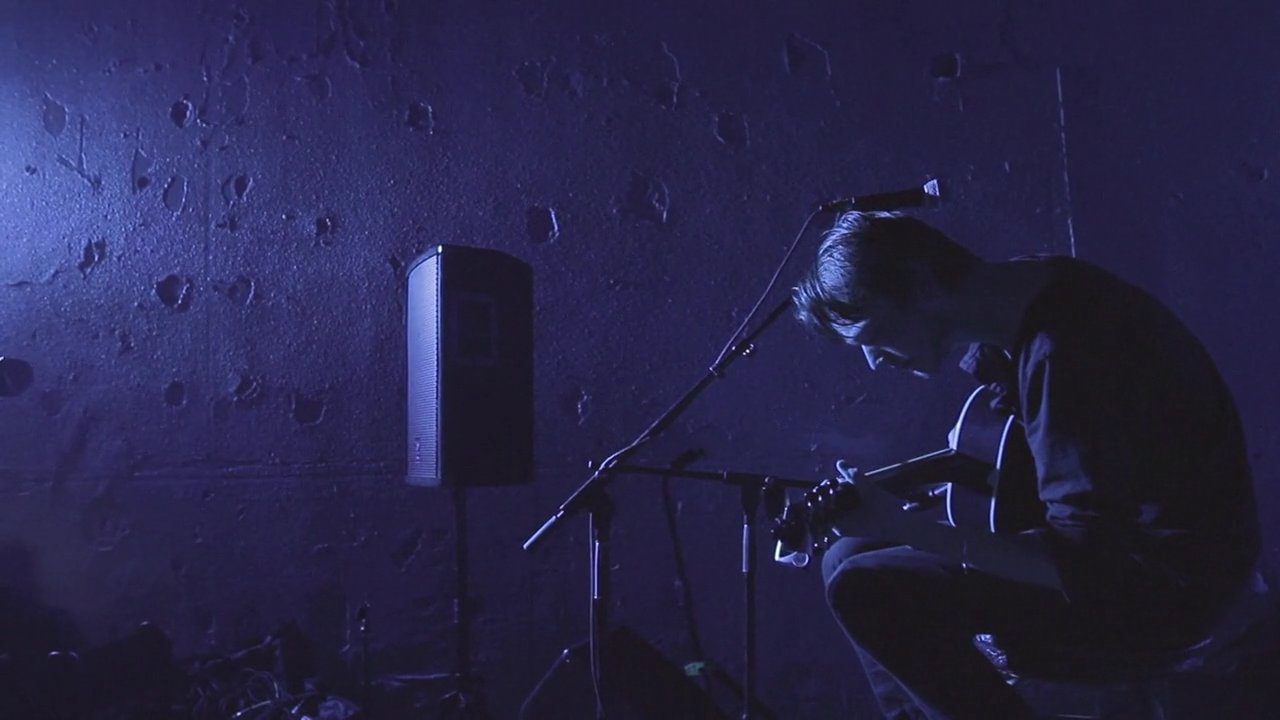
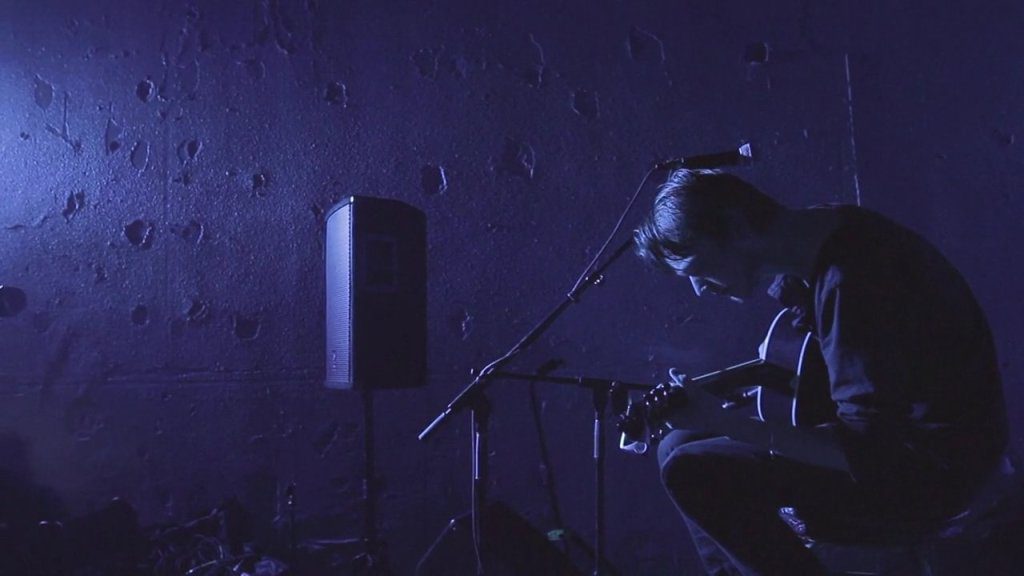
“I write these answers now in a dark cabin on the Swedish country side.”
This I can imagine: Sawyer Gebauer, lamp-lit at a maple table pondering the four-year history of his musical project Brittsommar. What is difficult to picture is that he is communicating via computer, and not quill, parchment and pigeon. These dated emblems do not come to mind because Gebauer’s music is dressed in derivative costume, but rather due to the fairytale-like circumstances of Brittsommar’s formation.
“Ha, that’s what most people say-some fairytale scenario.”
Simply put, Brittsommar plays folk music. But theirs is not the saccharine-sunshine variety of Mumford and Sons and Edward Sharpe so prevalent a few years back. Something much darker and more austere is at play here, summoning the sorrow of Nick Cave and the narrative structuring of Lee Hazlewood. It’s a slice of sound that’s long been absent from American indie music, which is perhaps why Gebauer became an expat before finding collaborators with a similar mission to his own.
While most 19-year-old musicians might take a crack at ‘making it’ in New York or Los Angeles, Wisconsin-born Gebauer instead fled to Sweden in 2010, no master plan informing the decision.
“It was just the usual thoughts and confusion that comes with that age after high school. What is this life of mine? This world that we are born, live, and die in. Who am I, who are you? All those typical questions of a world unseen…the beauty of the unknown.”
It’s the kind of cryptic response one would expect after hearing Brittsommar, their swelling melodrama of strings and minor chords suggesting too many nights spent with Evan Williams and Aesop’s Fables. In both song and conversation Gebauer takes on an air of the wizened raconteur-a true storyteller who has somehow never written down a song in his life.
“I just feel as soon as I write it down it disappears. It’s down and out. It’s on the page and that’s where it will stay, between the binding. Perhaps when I start to get older and the drink eventually gets to me I´ll have to start documenting. We´ll see.”
But true to his Midwestern roots Gebauer occasionally retreats from the role of bard, admitting the more down-to-earth and banal reasons for leaving home:
“I wasn´t interested in university or staying at the pizza joint I worked in. I wasn’t interested in staying in the relationship I was in- or any as a matter of fact. There was no option besides getting out of Madison.
At the time, I was quite into Swedish musicians- Tallest Man on Earth, The Knife, Jens Leckman, Jose Gonzales. So I thought, ‘Well, I might as well go there and see what I can do.’ There was something there in the back of my head and the bottom of my gut that pulled me in that direction. One North Country to another.”
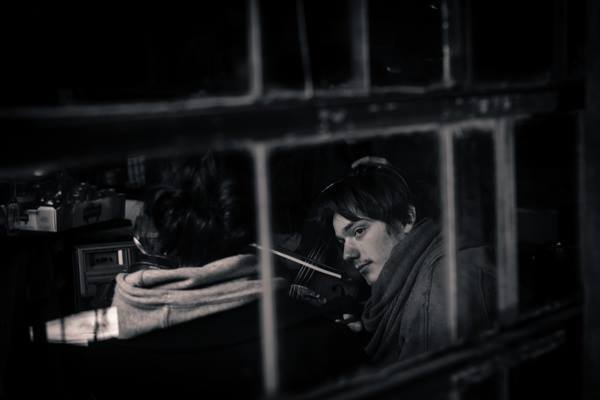
Gebauer turned to WWOOFing and found a host farm on which he could work in return for food and board. He picked the first farm listed but changed his mind last minute, settling on another called Rosenhill. It was this flighty impulse that laid the foundation for the four years to follow.
“I didn´t know anything about the country- the language, the culture etc. Maybe if I knew then what I know now, my situation would be different.
When I got on the bus to go to Chicago O´Hare from Madison it still didn’t hit me that I was doing some “radical” thing that most people wouldn’t do.
When I arrived at the farm I fell in love with the farmer’s daughter. It was her 18th birthday and I knew it was just her and I from then on out. This was to be Brittsommar´s violin player, Evelin.”
Sawyer and Evelin traveled together between Stockholm and Berlin, accumulating band mates each with compelling backgrounds of their own. Guitarist Johan Björk is a Swedish judge. Drummer Gilad Reichenthal is a former Israeli rock star. Evelin Sillén is currently studying art, and cellist Chris Smith hails from Australia where he used to build satellites for the German space agency.
What Gebauer and Sillén found in these musicians was a desire in step with their own: to form an ever-shifting lineup of contributors that would allow Brittsommar to be in constant motion, forming more of an artist collective than a traditional band.
“When Evelin and I moved to Berlin we met Chris and Gili there, by chance really. We were looking for a new band and they showed up. You just know you are gonna be friends and band mates before you even play together for the first time. There is this energy. We were all going through huge stages in our lives- just giving everything up again and moving to this dark hole that is Berlin. So we kinda clicked on an existential level.”
It’s the stuff of fate and fiction, seasoned with the kind of characters you’d find in a Jeunet film. The story doesn’t outshine the music, but it does beg to be told, and when I first heard Brittsommar’s “Tell Me” playing on a laptop in Minnesota, I knew it had to be heard.
While the group has garnered applause from European outlets, they’re virtually unknown in the States, which, as I relay to Sawyer, is a damn shame. I ask if this makes him feel out of touch with American audiences.
“Well that actually has to do with the PR. The last album was promoted to a primarily European demographic. I think the States are more jaded than in Europe. America is so fast and it has seen and created much of what’s going on over here so the mentality is kinda like, ‘yeah so what?’ In Europe it’s somewhat of an exotic thing- this guy abandoning his home in America to move out to the countryside of Sweden. Being back in NY it’s like, ” So you come from Wisconsin…mmhm.” Haha, I don’t know if that’s true really…”
The album Sawyer refers to is 2013’s The Machine Stops. Defying the sophomore slump principle and any sentiments of “yeah, so what?” Machine reveals miles of artistic growth when compared with their 2011 debut, Day of Living Velvet. While the first record is a far cry from bad or boring, it seems a bit thin in production and intensity after listening to Machine, which is a rolling maelstrom of mournful folk.
Gebauer’s voice is a resounding barrelhouse that is all the more impressive when you see that it’s coming from a beardless ectomorph. Despite its depth, it bears a solid range; it is not the monotone last resort of someone who can’t actually sing. At once painful and reckless, it is the central presence of Brittsommar’s sound, but never overwhelms the wailing surges of cello and violin or the precisely plucked guitar. Evelin Sillén’s accompanying vocals add a sweet reprieve while Reichenthal doles out trembling snare rolls fit for a funeral procession.
Machine’s opener “Sing Low” is a strong starter, relying heavily on Gebauer’s lulling baritone. The song builds layer-by-layer, first with tinny fingerpicking and eventually culminating in crashing cymbals. “Half-Inch Map” has Gebauer at his most snide and berating: “and you’re just getting by by the skin of your crooked teeth.” The track is wily and slightly sinister, implementing squealing strings that could be found on a Dirty Three record.
“Middle Man” is a favorite, though an even better version can be heard in a live performance filmed outdoors in Freiburg. The video communicates the band members’ dexterity as musicians, as well as Gebauer’s charisma as a performer, yipping occasionally like a coyote with his guitar held at chin level.
Sweeping and melancholy, “The Painter” is another high point of the record, as well as a beautiful cover of “Aint You Wealthy, Aint You Wise” by Will Oldham-aka Bonnie “Prince” Billy. It’s a fitting source of inspiration for Gebauer, whose story would seem to merit a pseudonym of his own. Much like Oldham and Beirut’s Zach Condon, there is a sense that Gebauer is a musician lost in his own time. Is there a 73-year-old man trapped in that a twenty-something’s body? There just might be.
It’s a charlatan’s charm, though nothing is false about Gebauer or his music. The mere discrepancy between his age and aura is what spawns such suspicion: is all this for real? And if so, why the hell haven’t we heard more about it?
Fortunately, there is still time to discover. Gebauer is bringing it all back home to record a solo LP in San Francisco this month, stopping by New York to play a gig on the way.
“The album is gonna be pretty sweet and lowdown compared to the others-somewhat acoustic then a mirage of grungy drums and out of tune violins. Finding the voice again. The past albums were a lot of story telling…
With these upcoming tracks I developed quite a bit compared to when I was in Berlin two years ago. I got reacquainted with the tranquil chaos that is America. This past year I returned to the states and lived in NY. Went to the west coast and drove from San Fran down to Austin where I was to play at SXSW. Then I flew to Madison for the fist time in years. So I went East to West, South to North. I found my ‘roots’ I suppose.
It was amazing. When I returned to Madison, the songs just came. Flowed out in a way that hasn’t happened to me in quite some time. I guess it was the re-realization that you can never go home again…”
You can never go home again, and you certainly can’t live forever. Gebauer seems to be comfortable with seismic change in ways few people are. In the small number of interviews I’ve found he mentions-in his own baroque way-the inevitable death of Brittsommar.
“Yeah, it´s only natural. You don’t wanna drag something out too long. Let it die in its footsteps, one can say. Doesn’t mean the music is over, just a change in direction and meaning. It has been some time and people have gone in and out. It started in a different time and we are all now in different periods with our lives. Brittsommar was then. Now its something even better.”
Gebauer will play a solo show at Troost Bar in Greenpoint on Thursday, November 20th. Also on the bill is the lovely and talented Scout Paré-Phillips.
[fusion_builder_container hundred_percent=”yes” overflow=”visible”][fusion_builder_row][fusion_builder_column type=”1_1″ background_position=”left top” background_color=”” border_size=”” border_color=”” border_style=”solid” spacing=”yes” background_image=”” background_repeat=”no-repeat” padding=”” margin_top=”0px” margin_bottom=”0px” class=”” id=”” animation_type=”” animation_speed=”0.3″ animation_direction=”left” hide_on_mobile=”no” center_content=”no” min_height=”none”]
[retweet][/fusion_builder_column][/fusion_builder_row][/fusion_builder_container]


